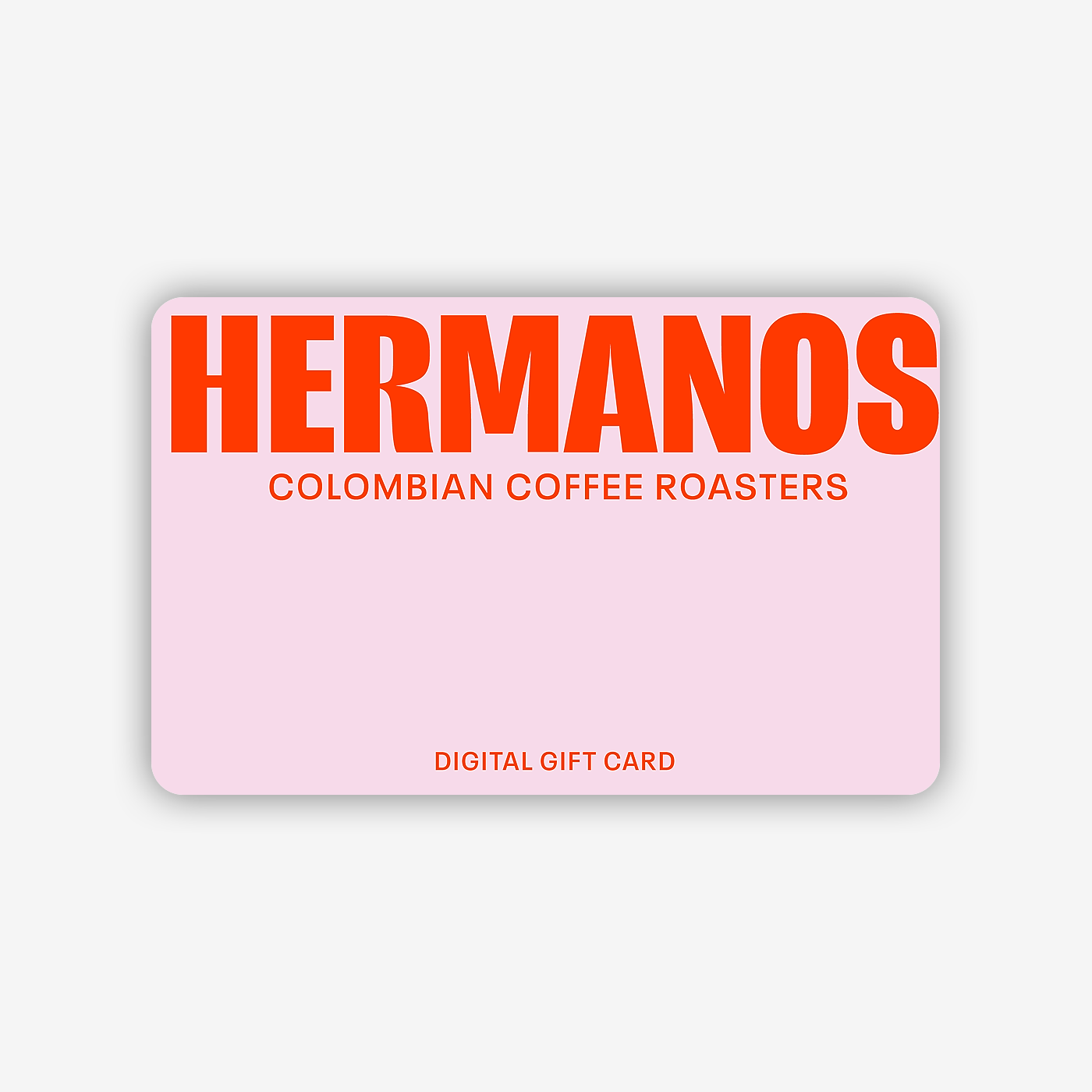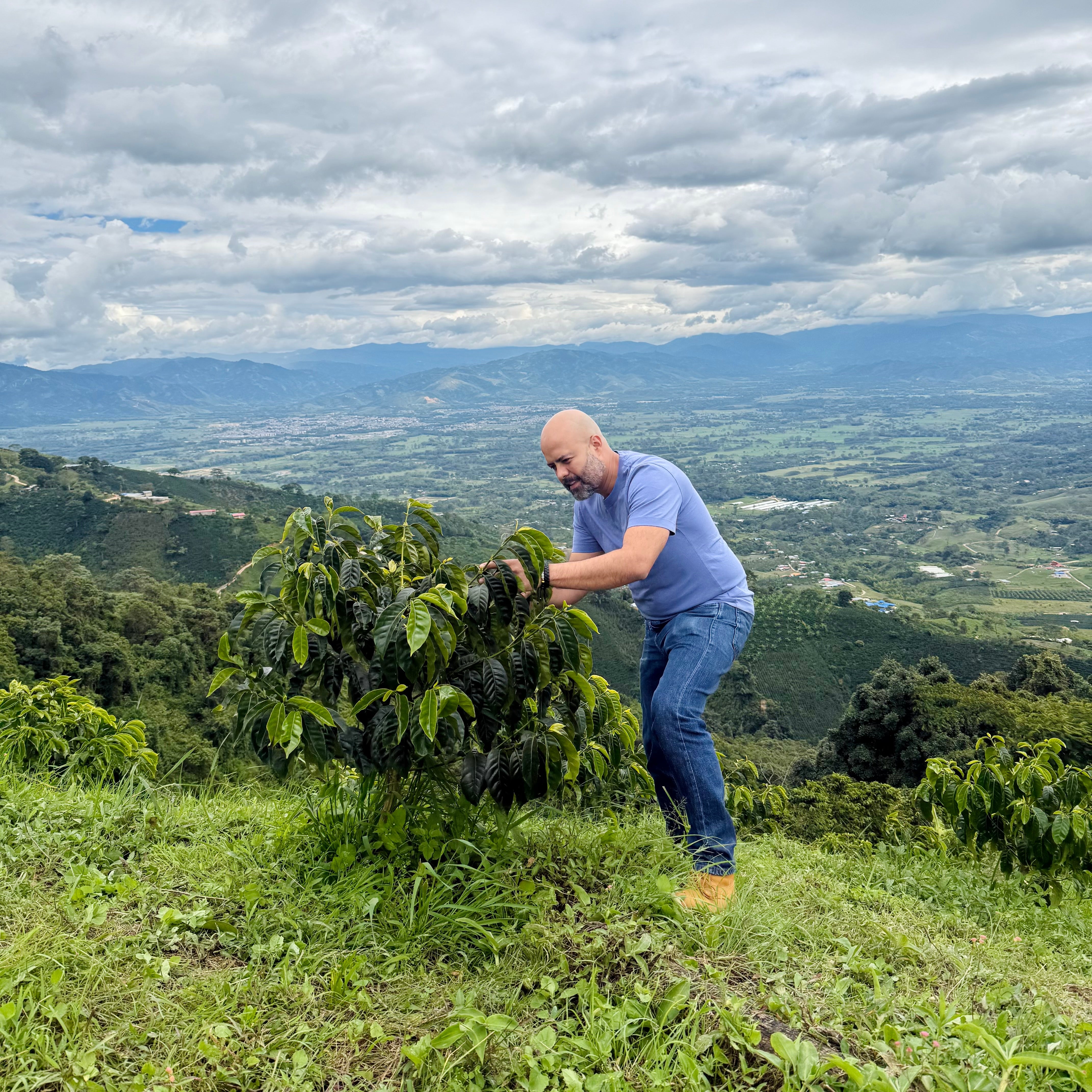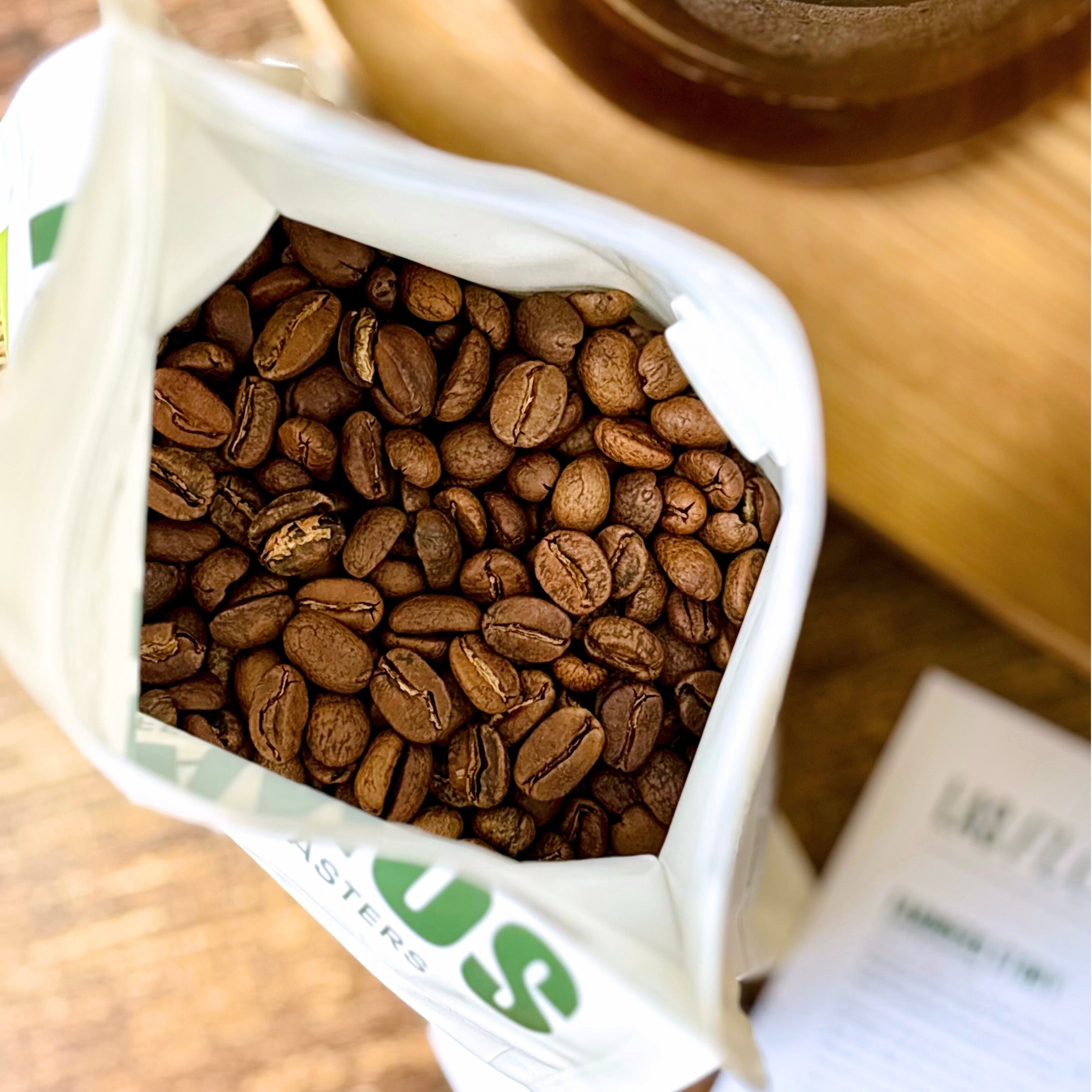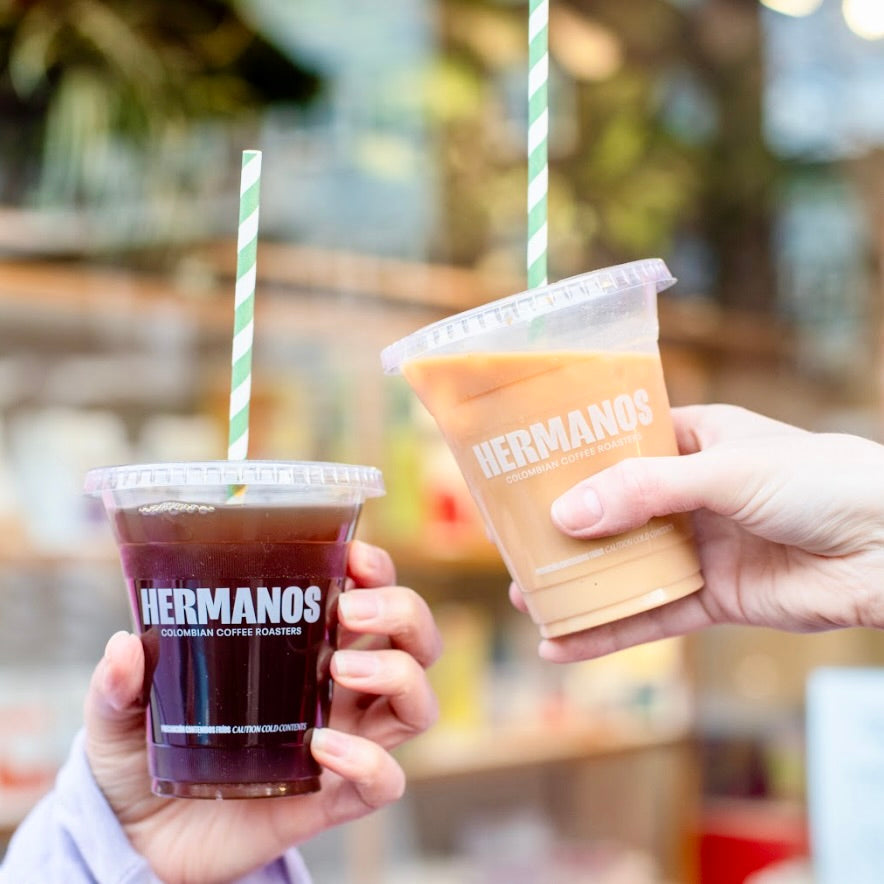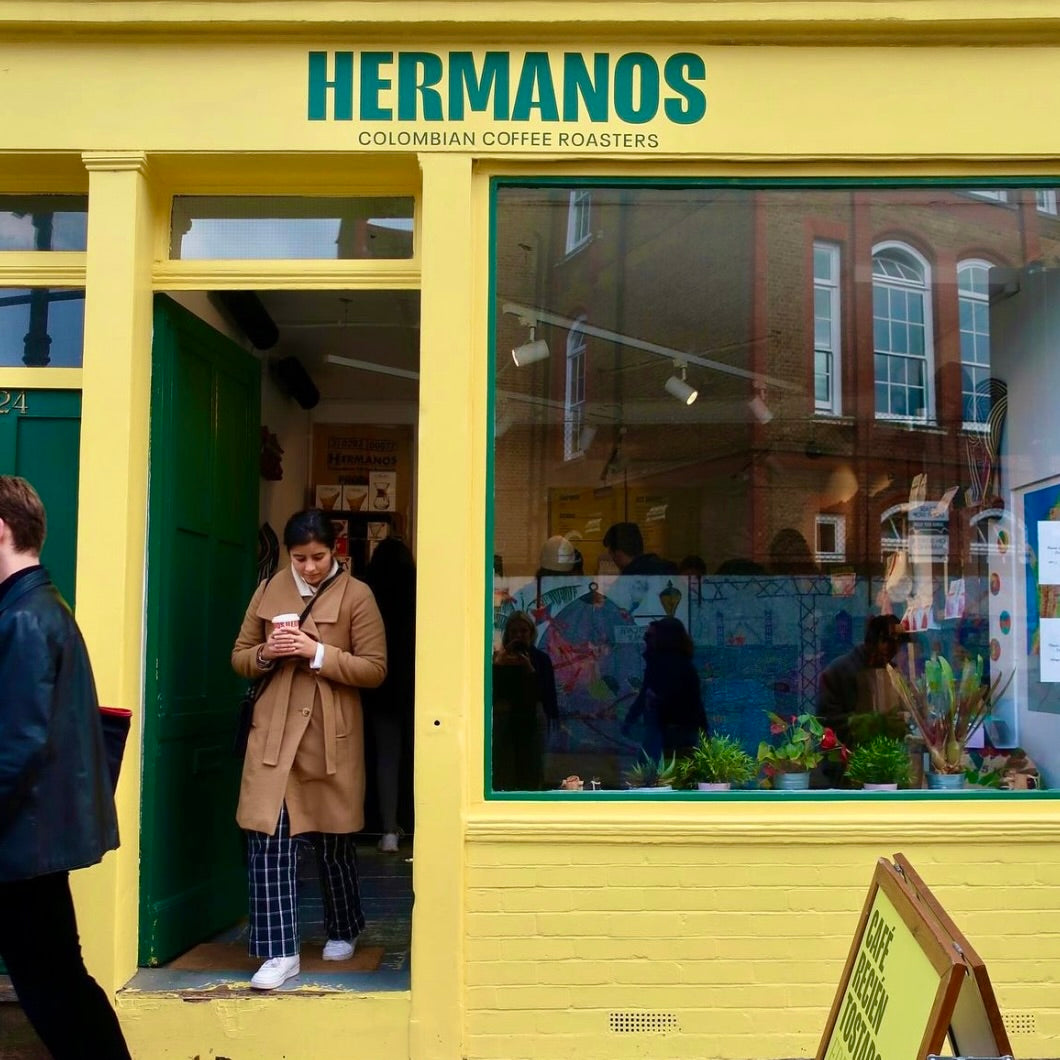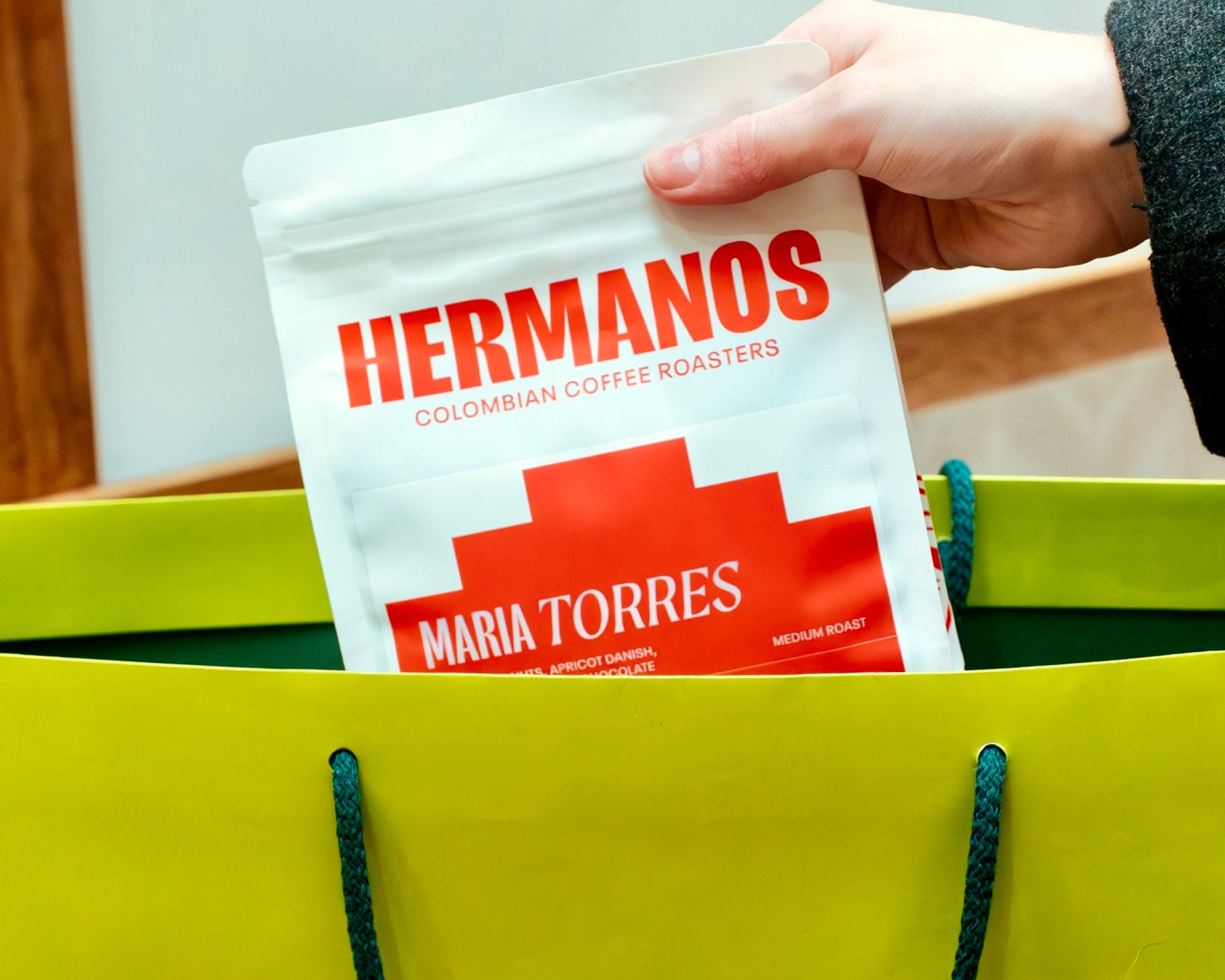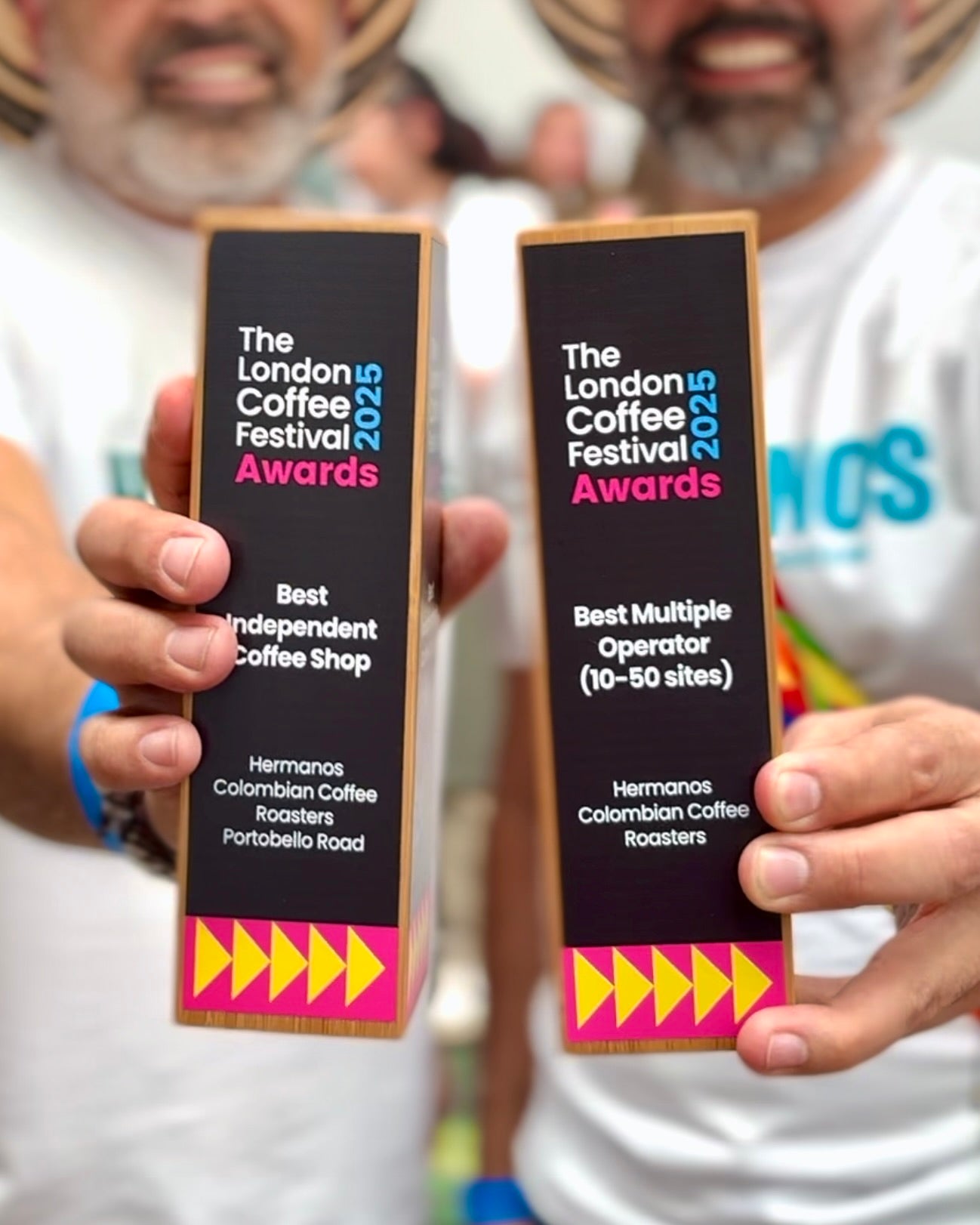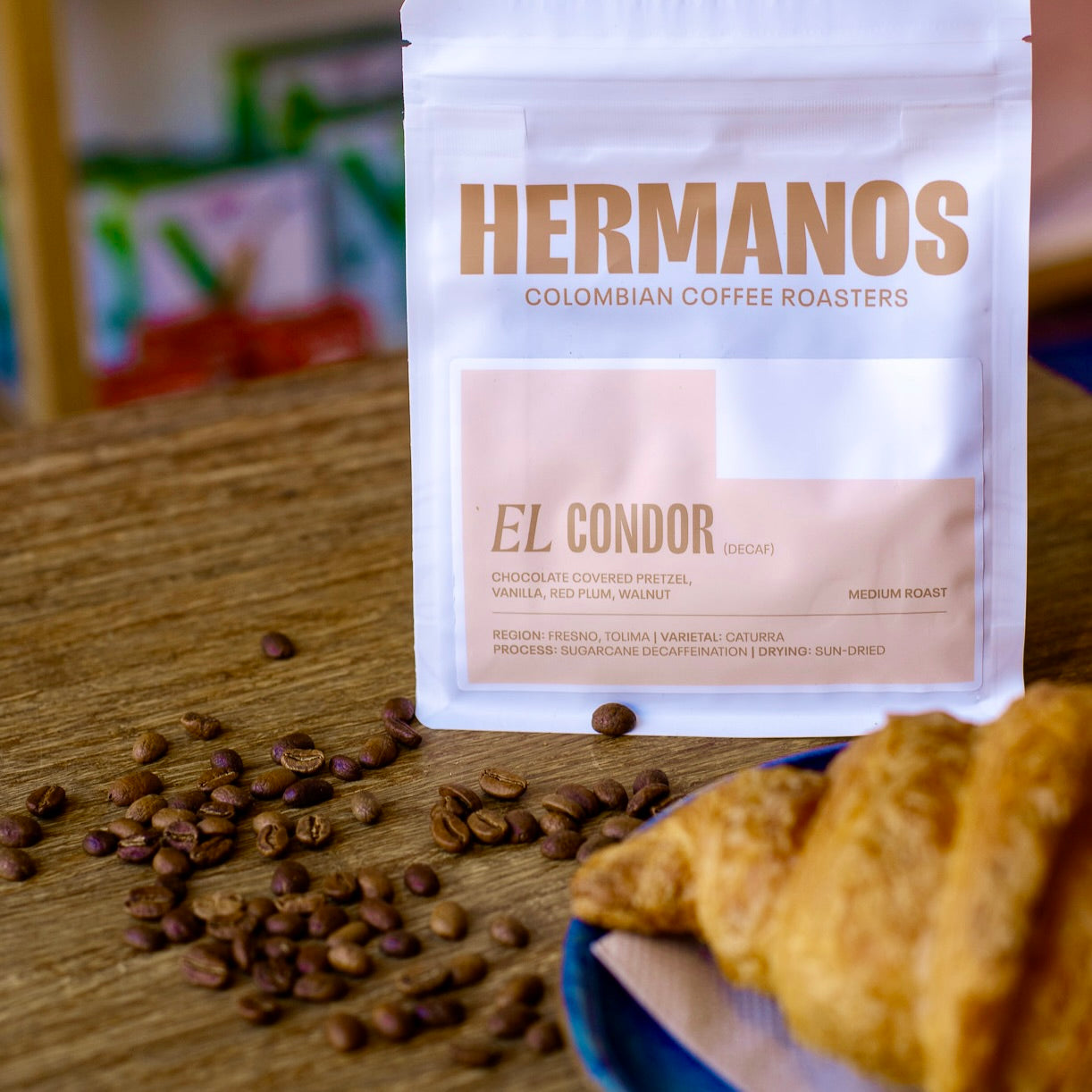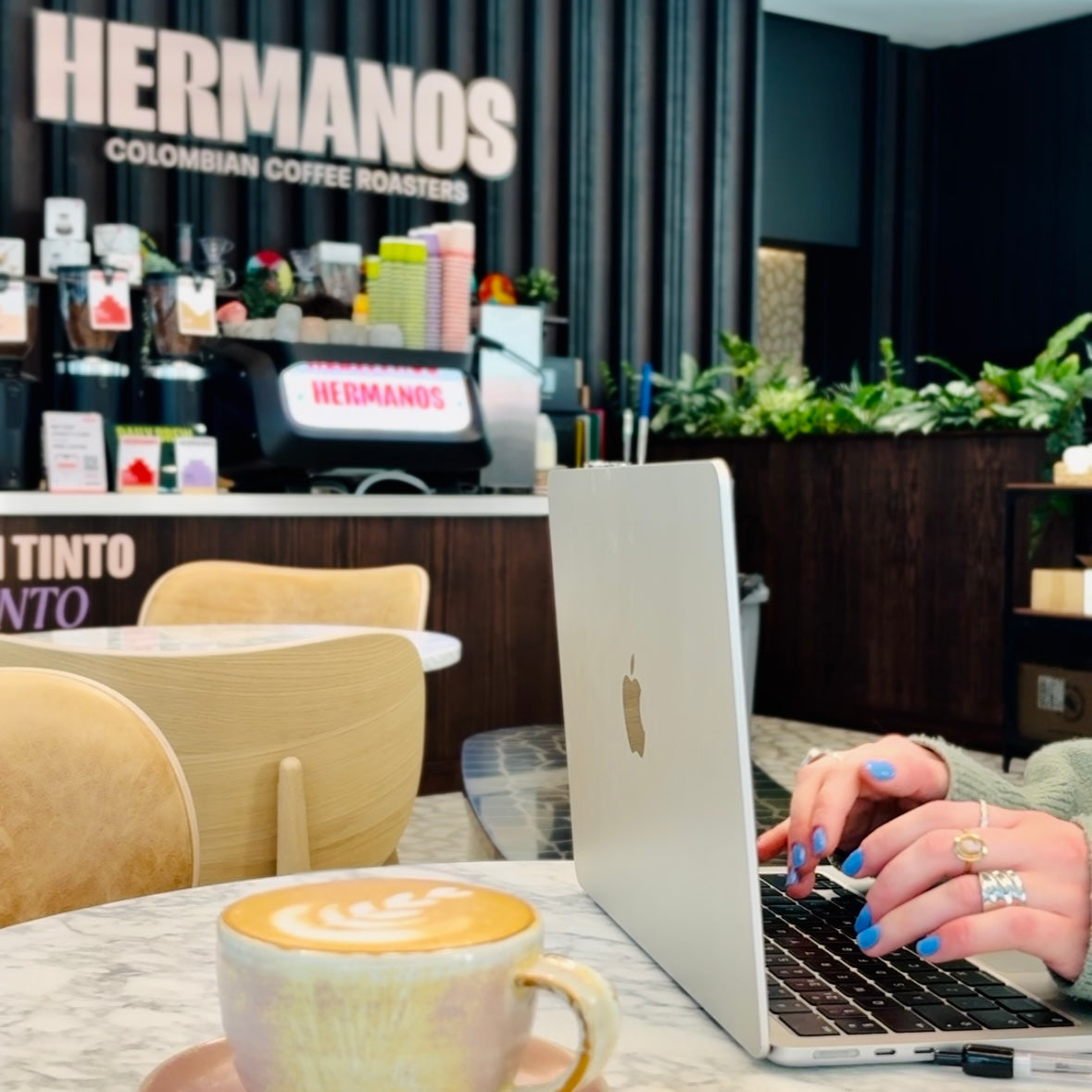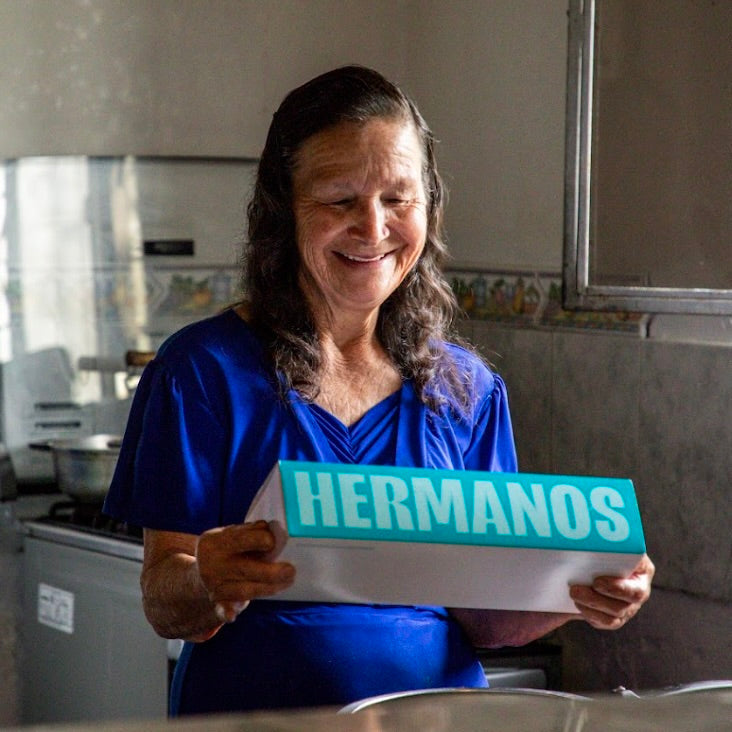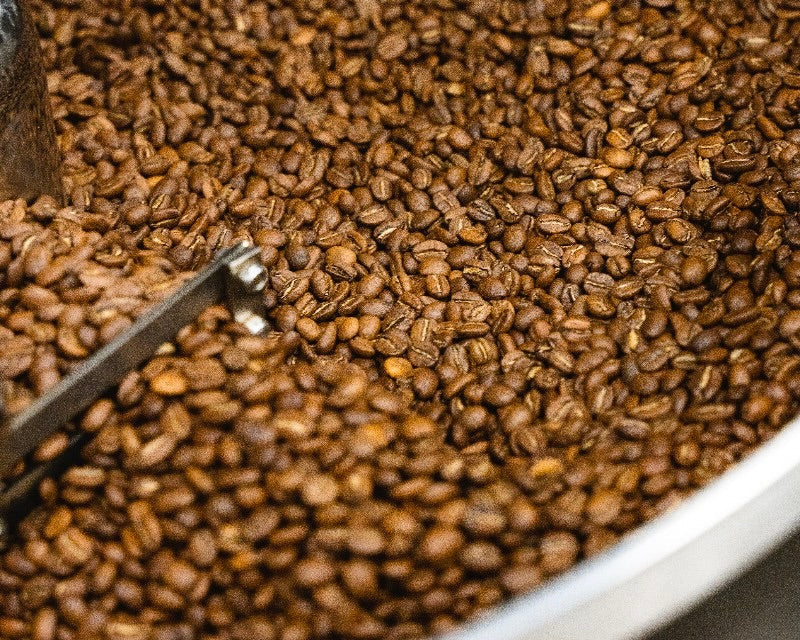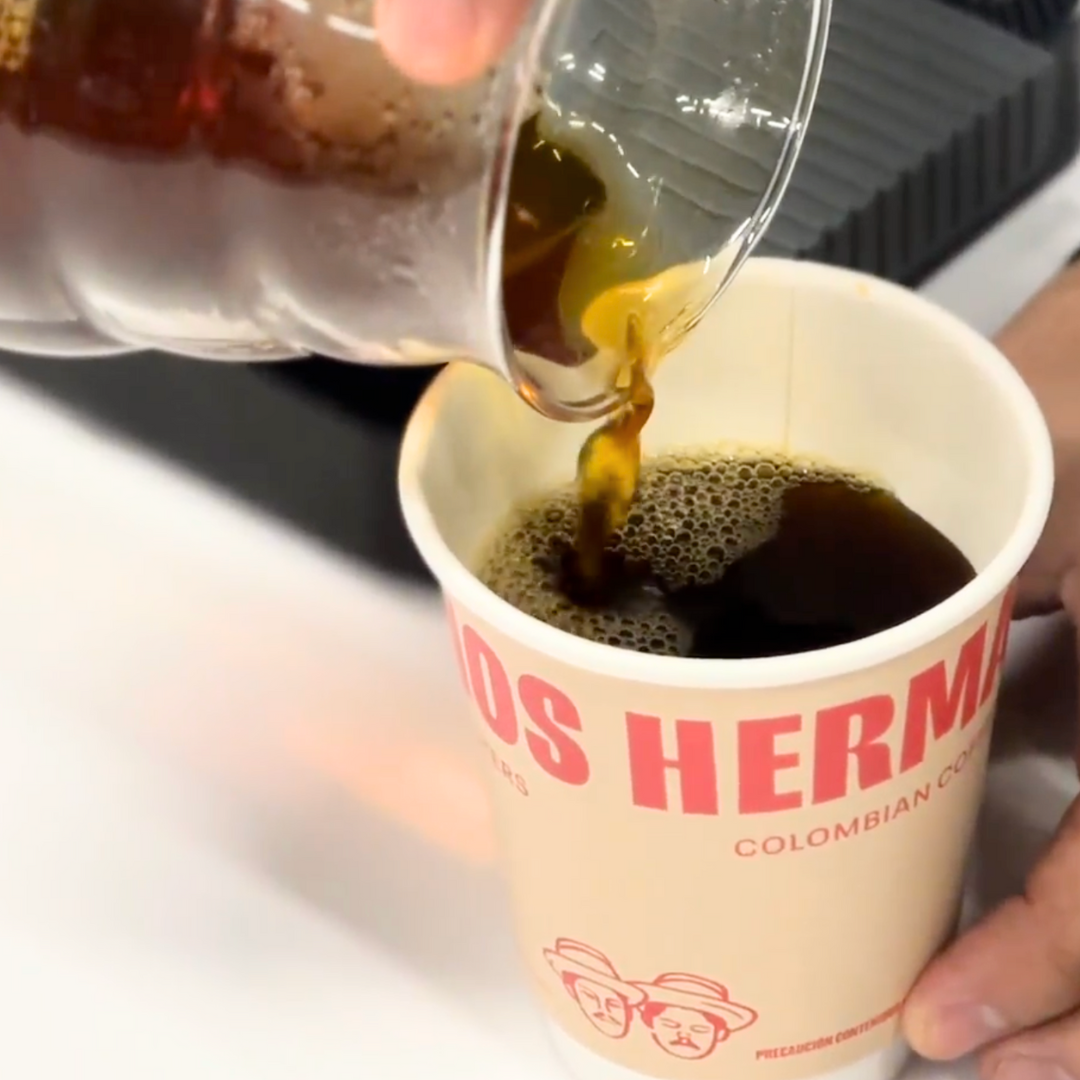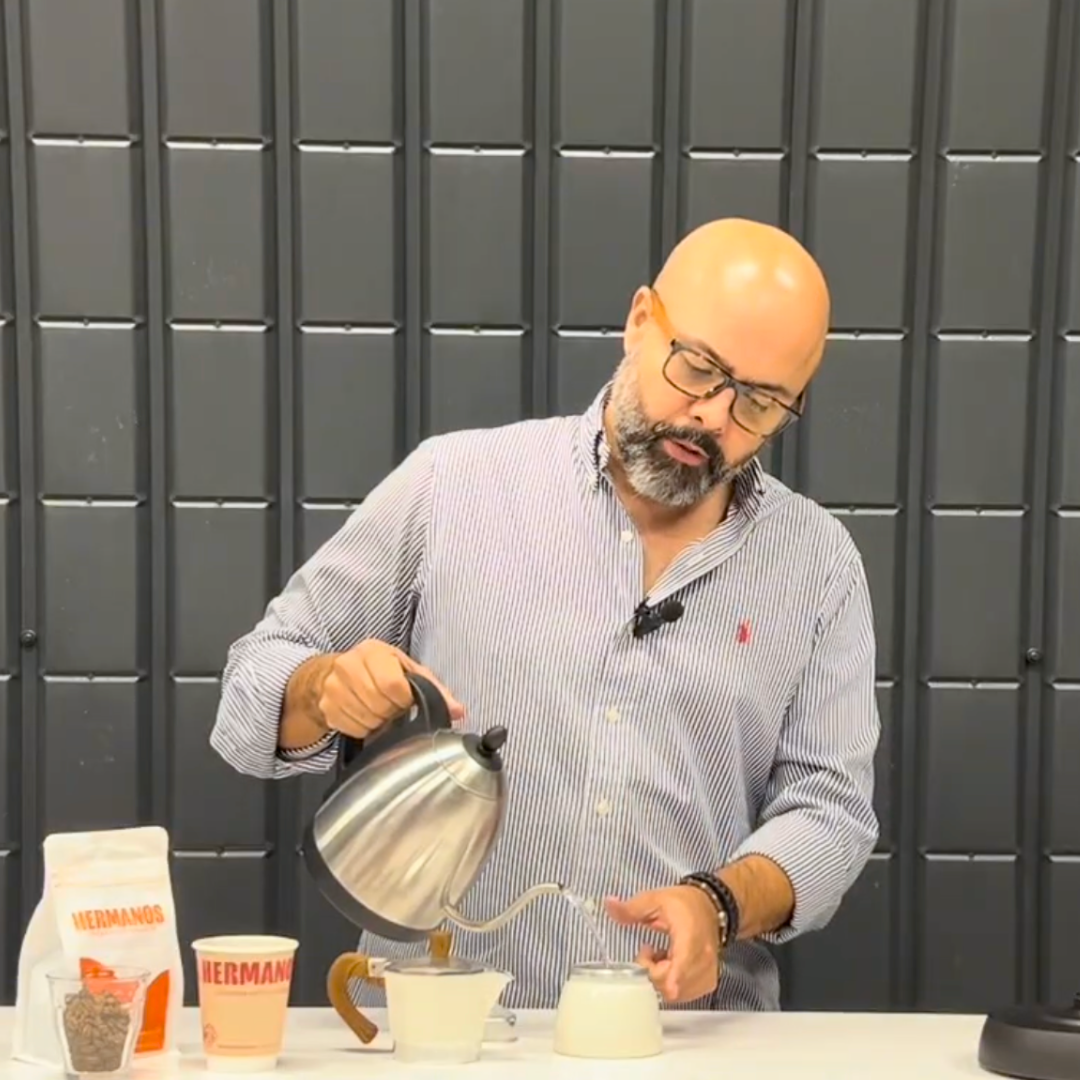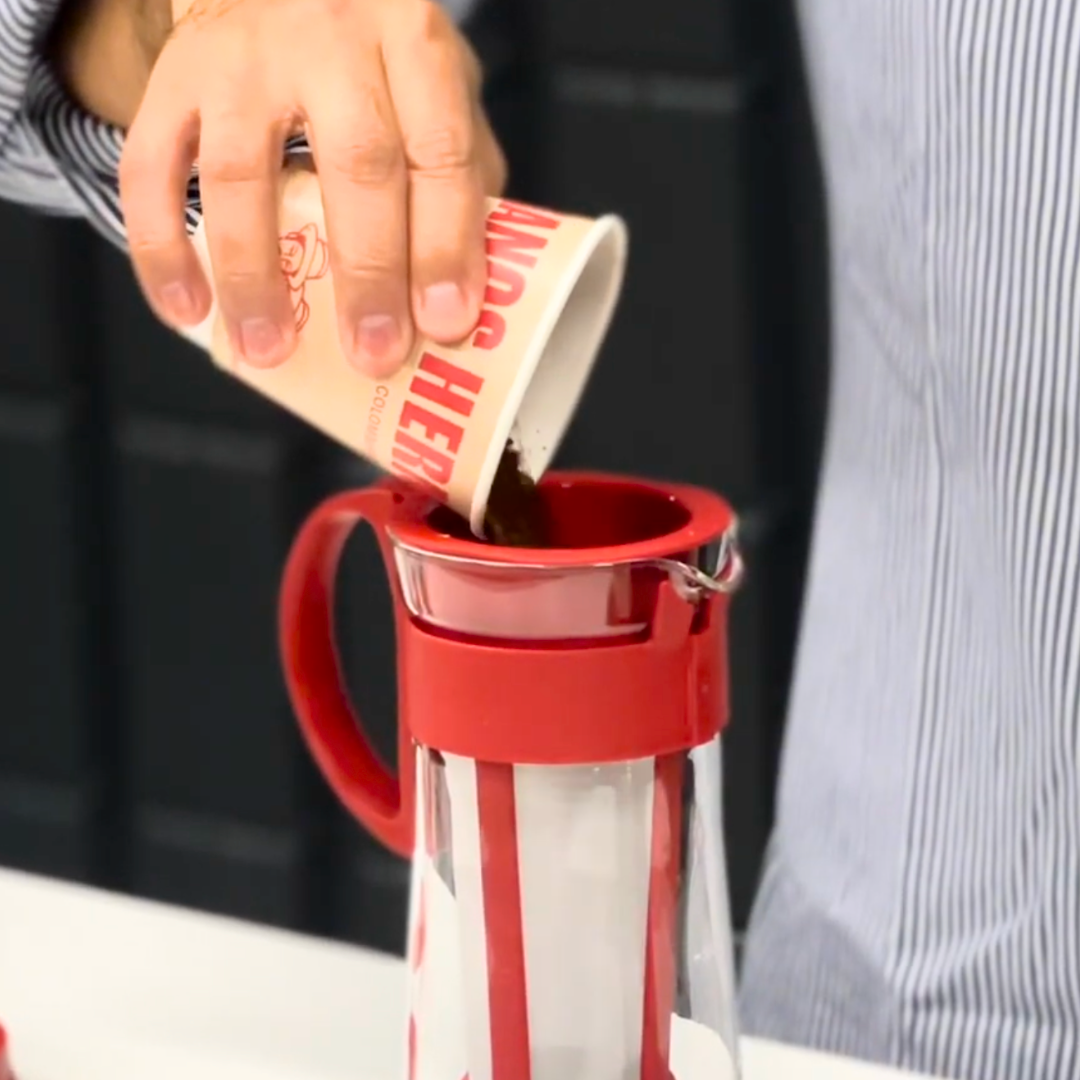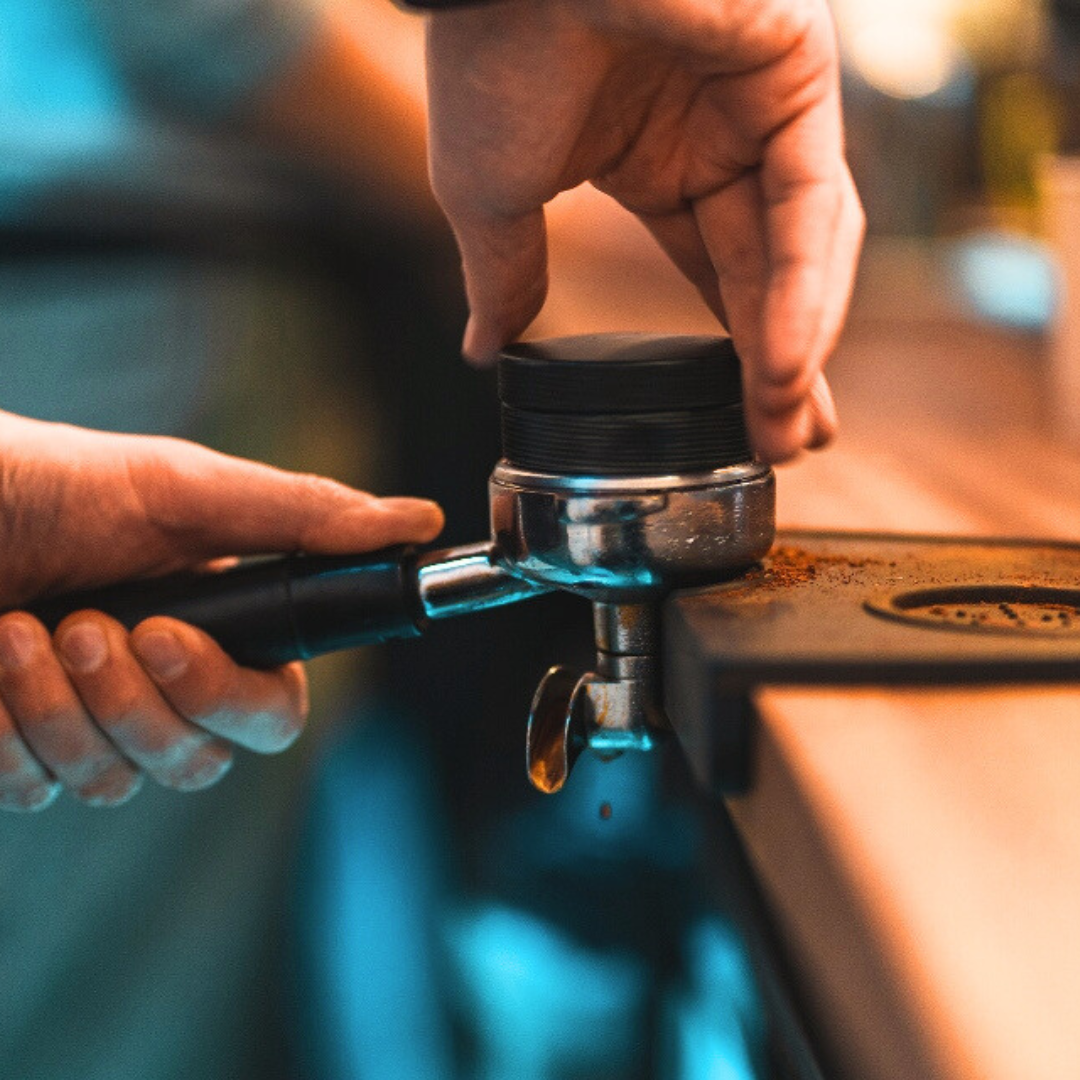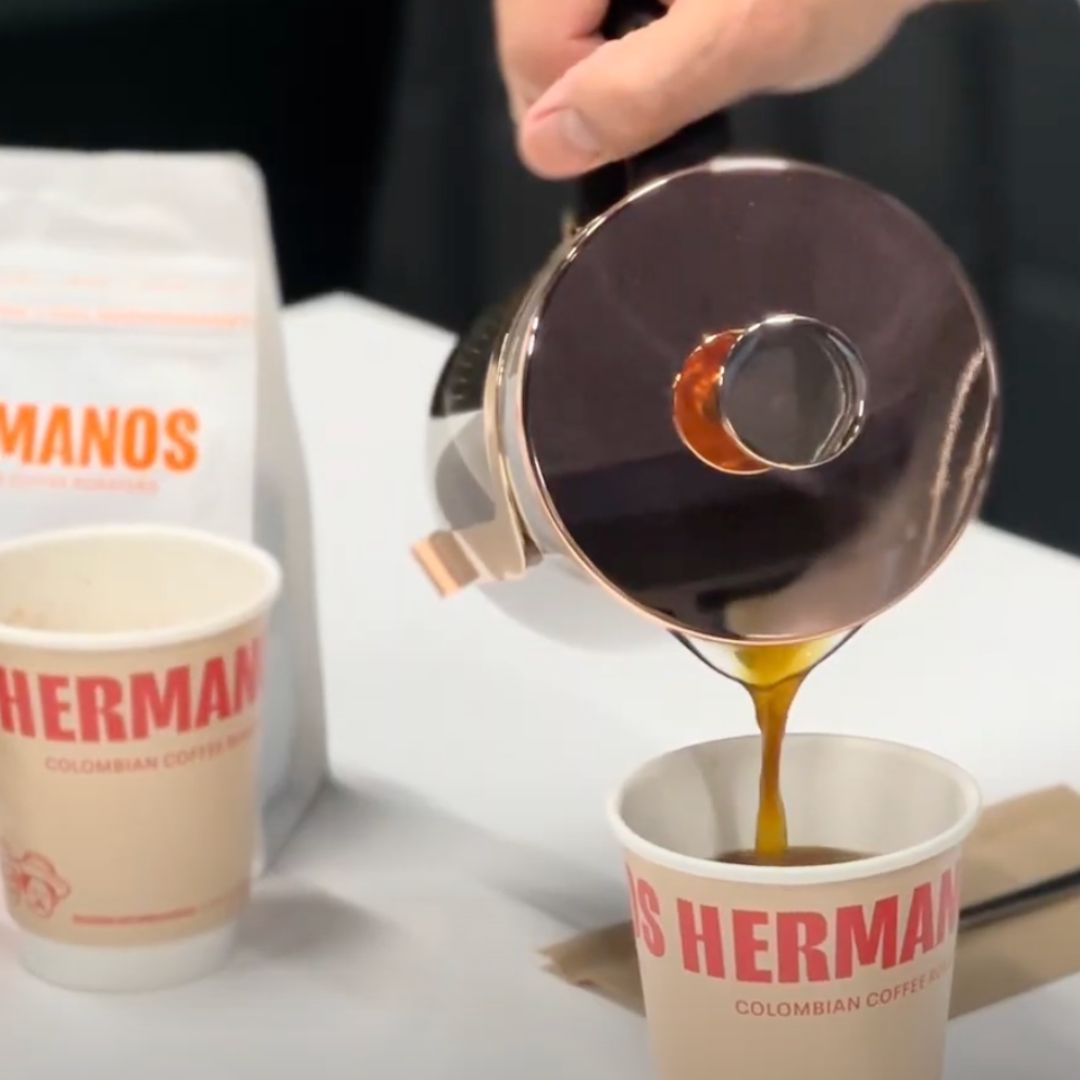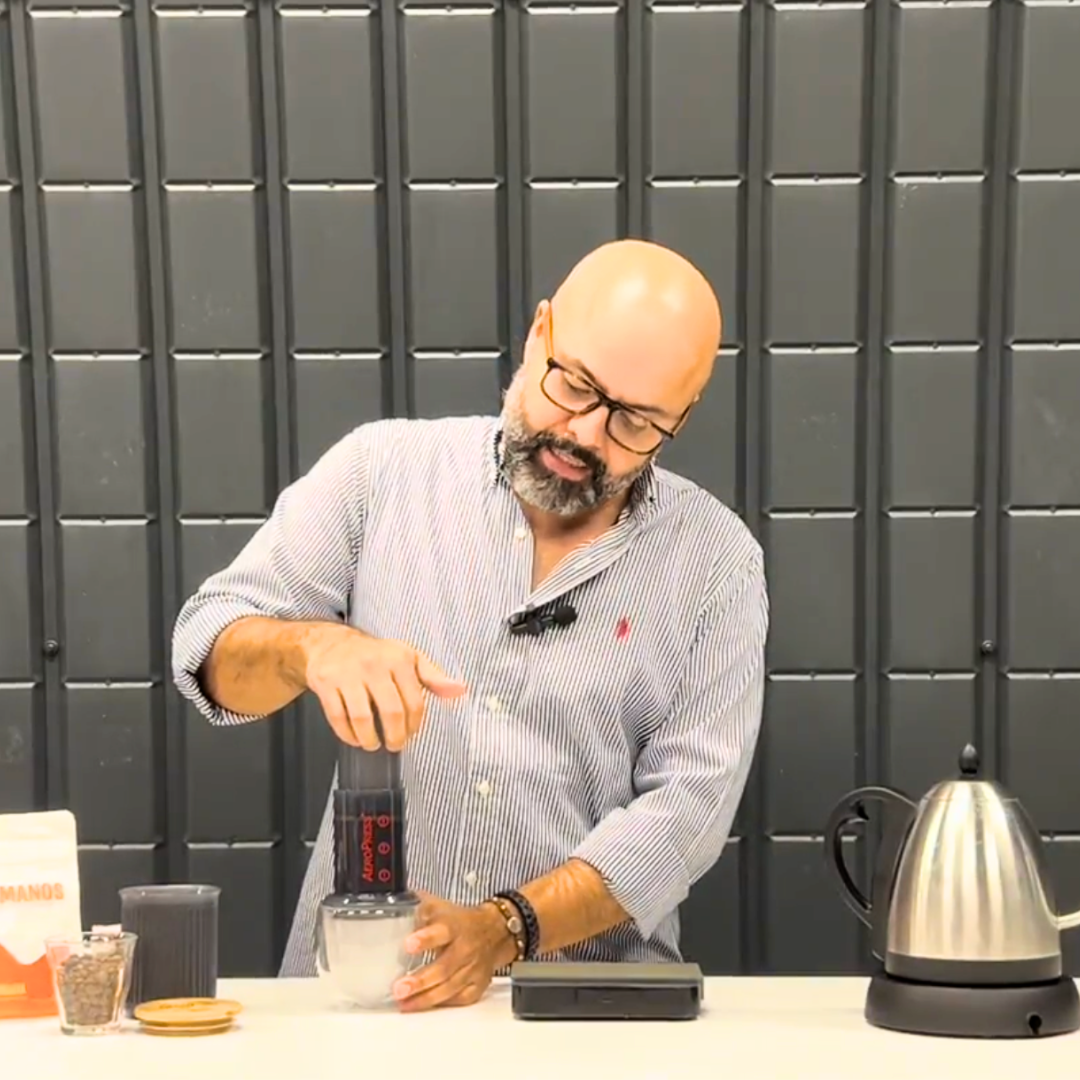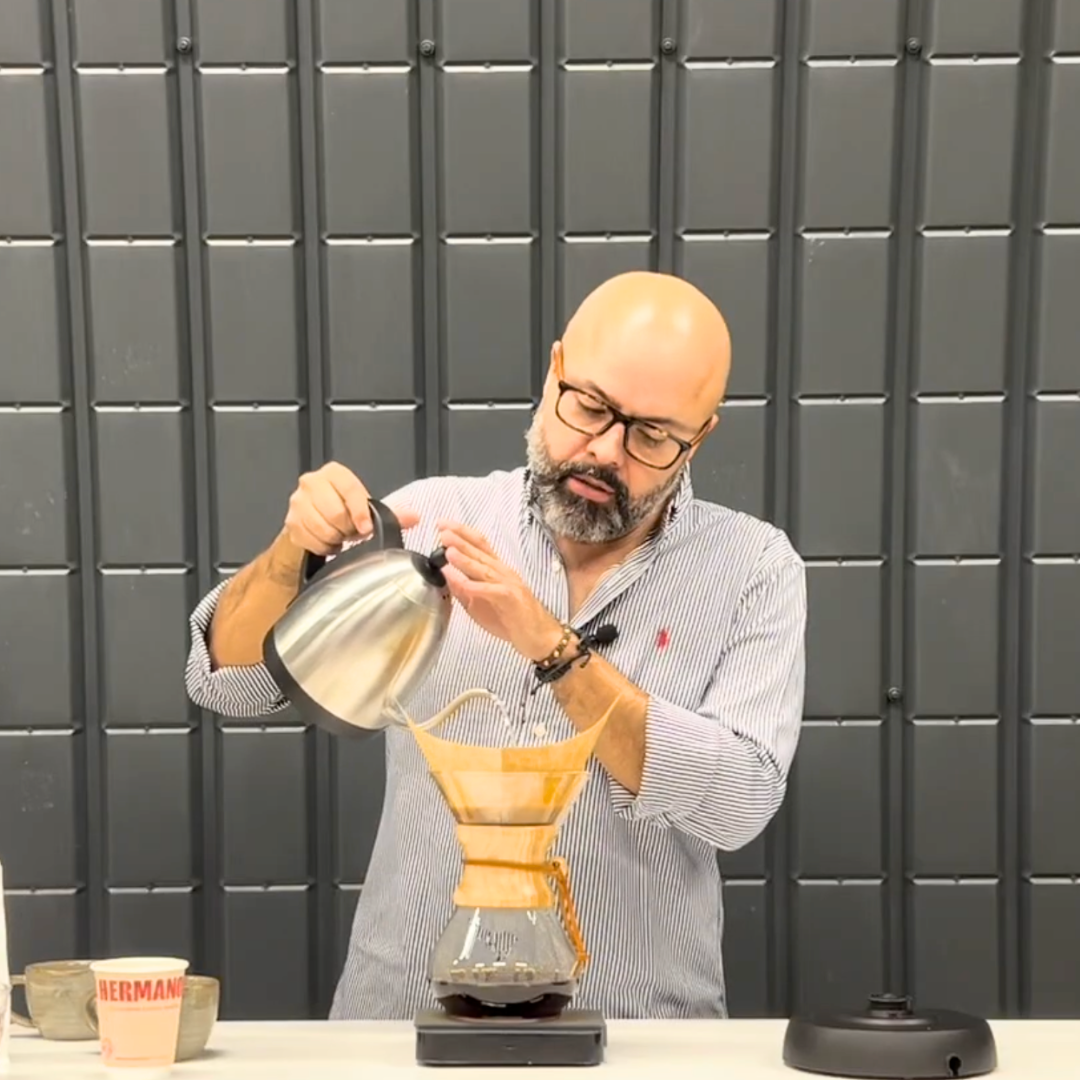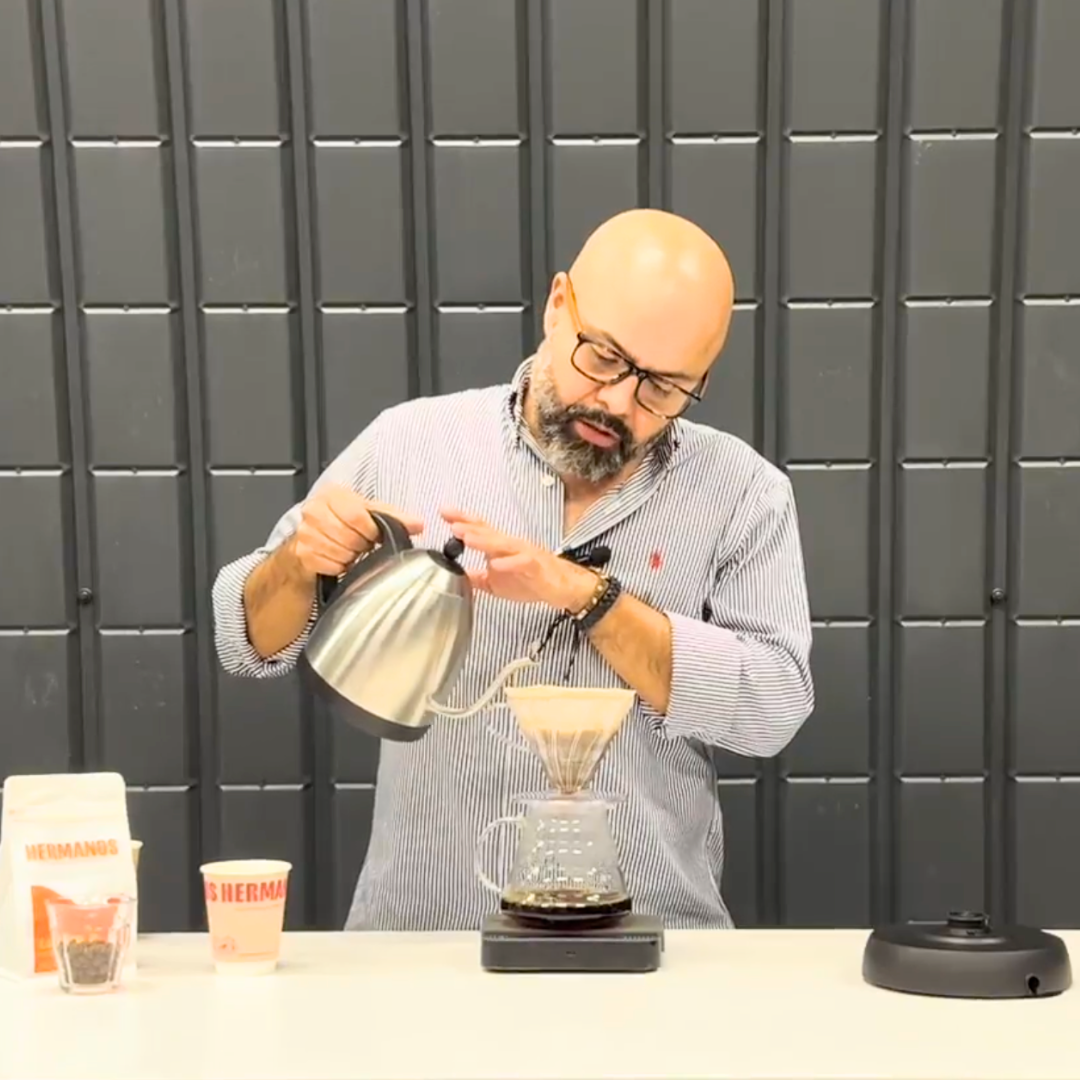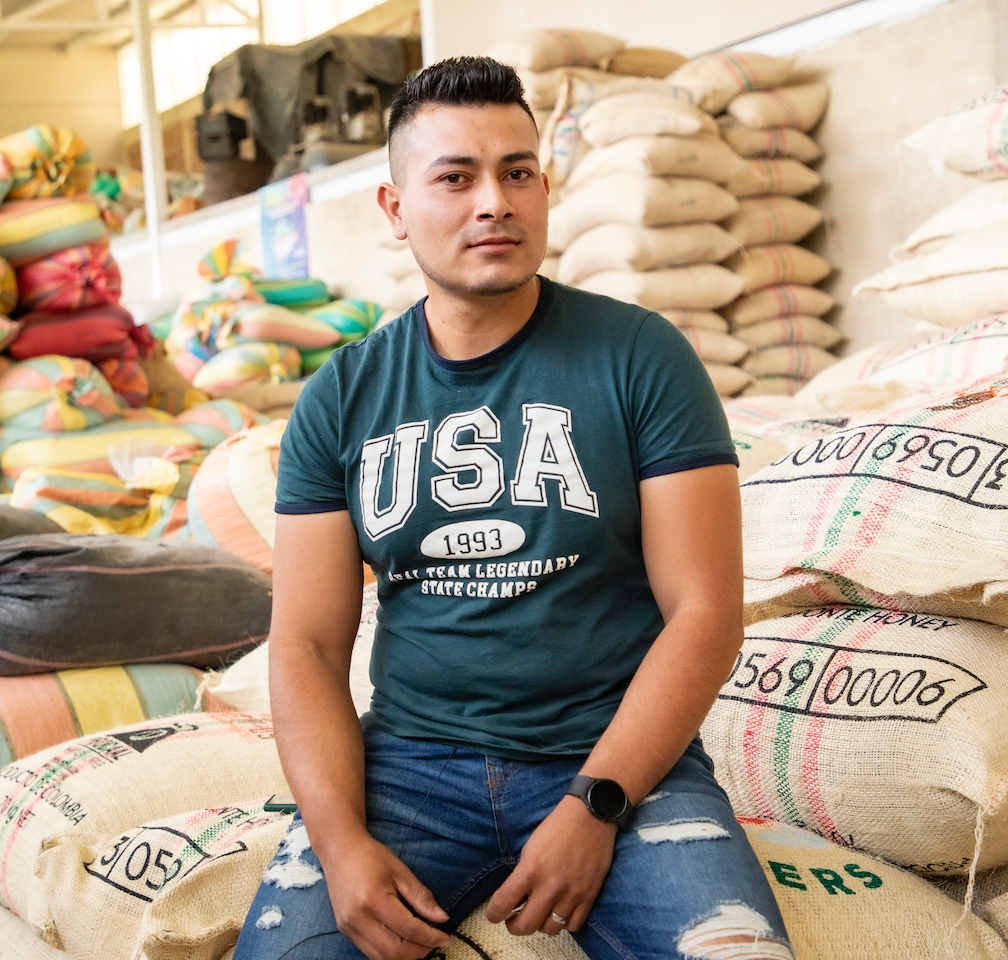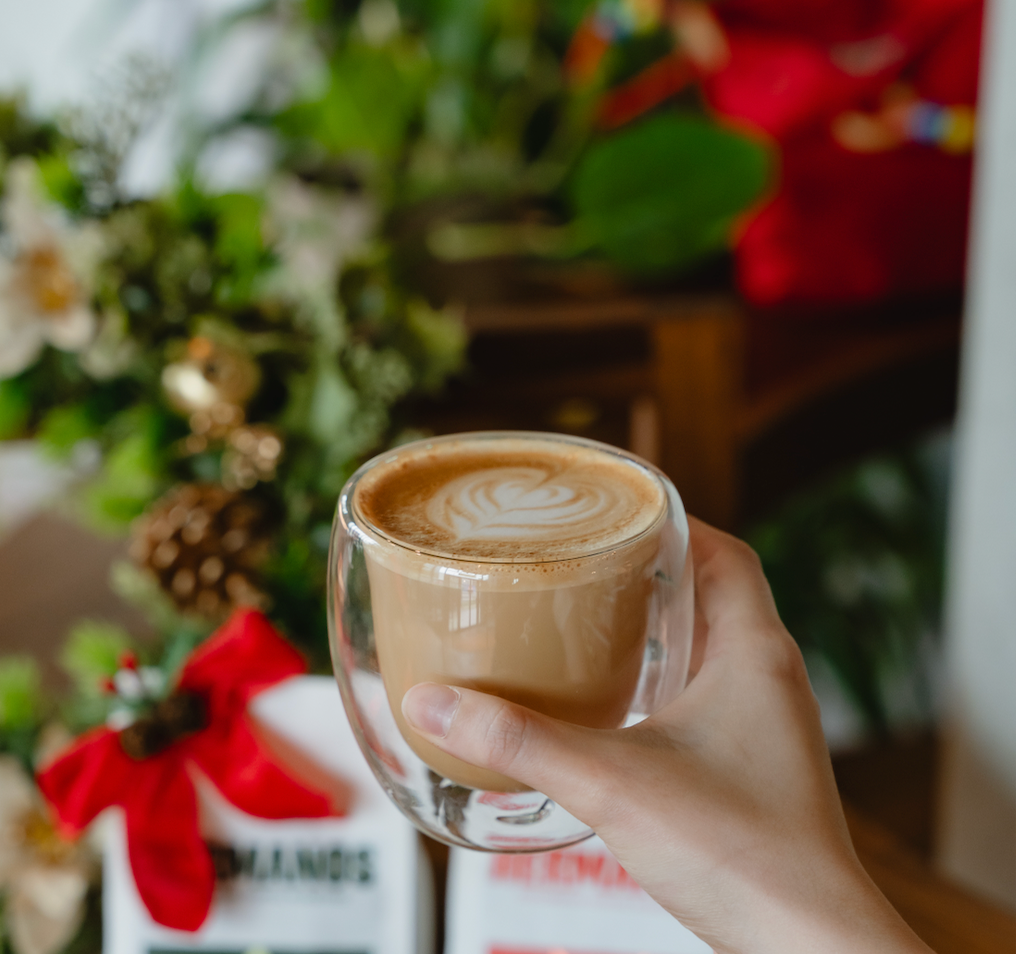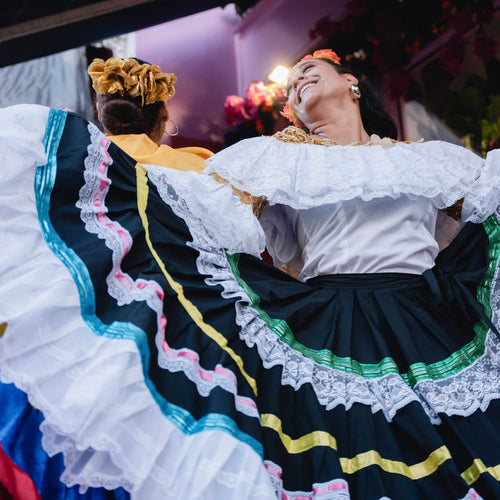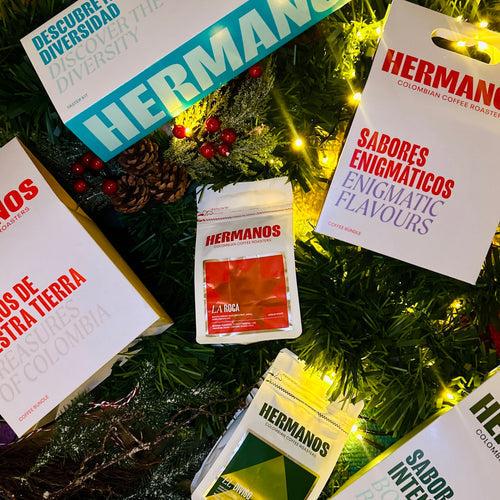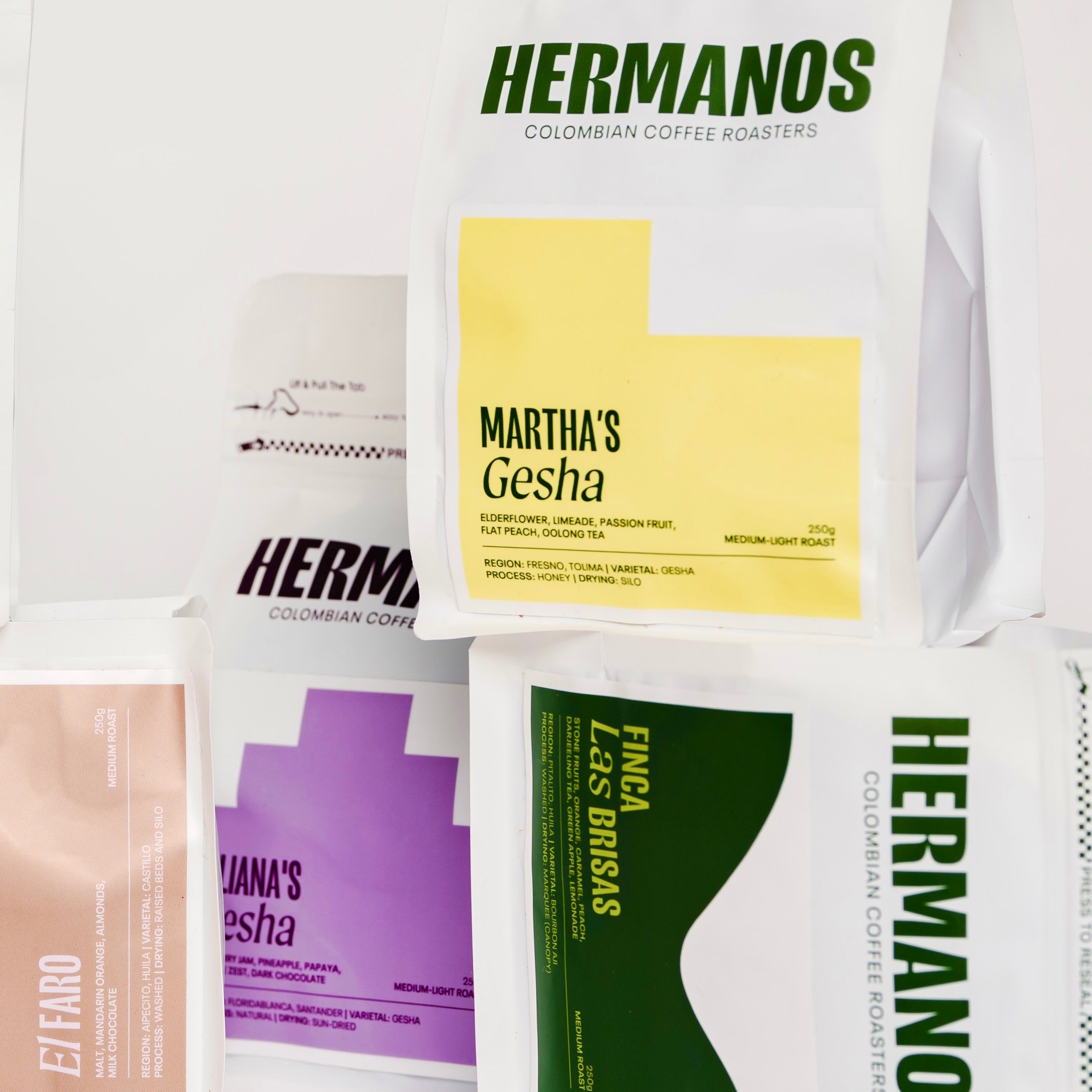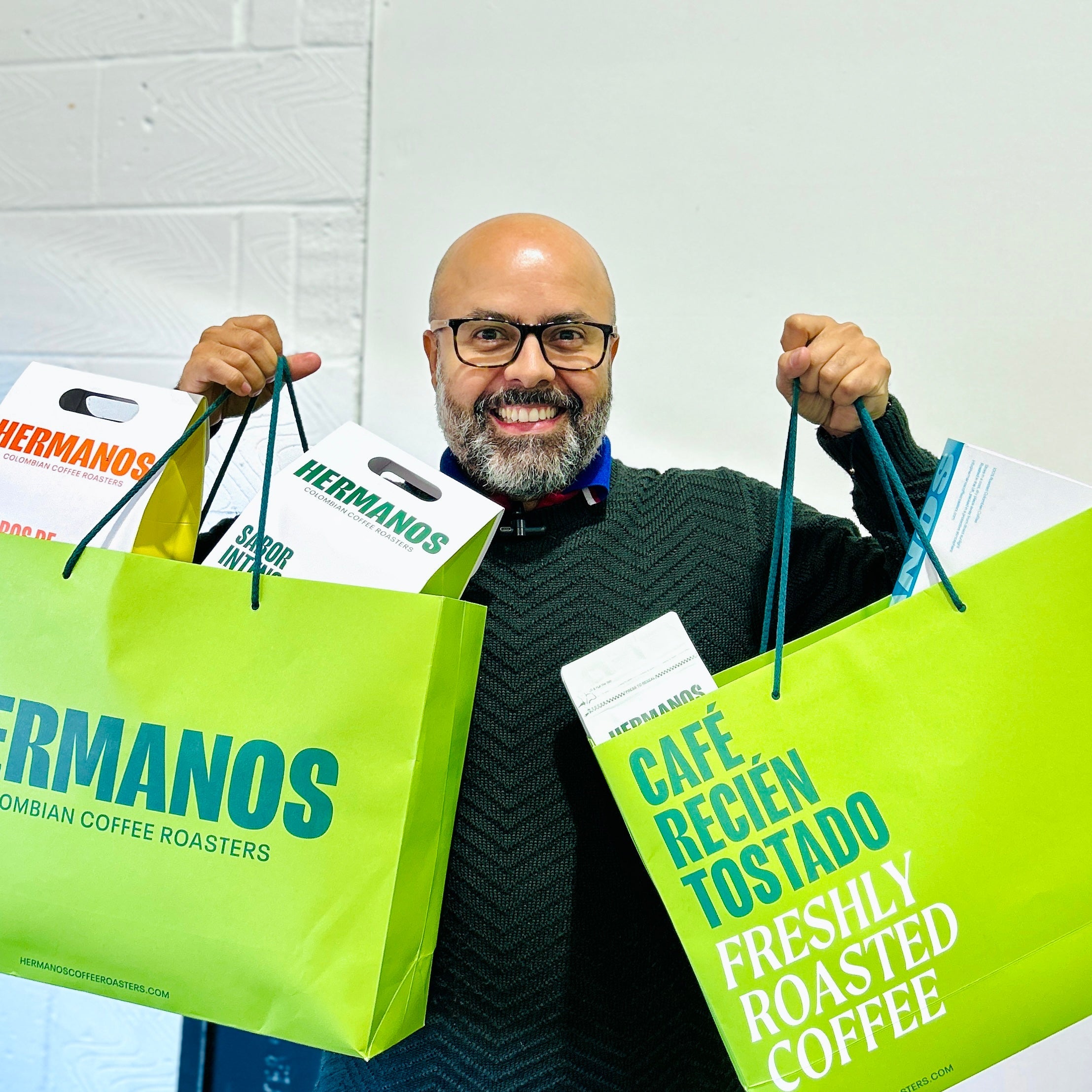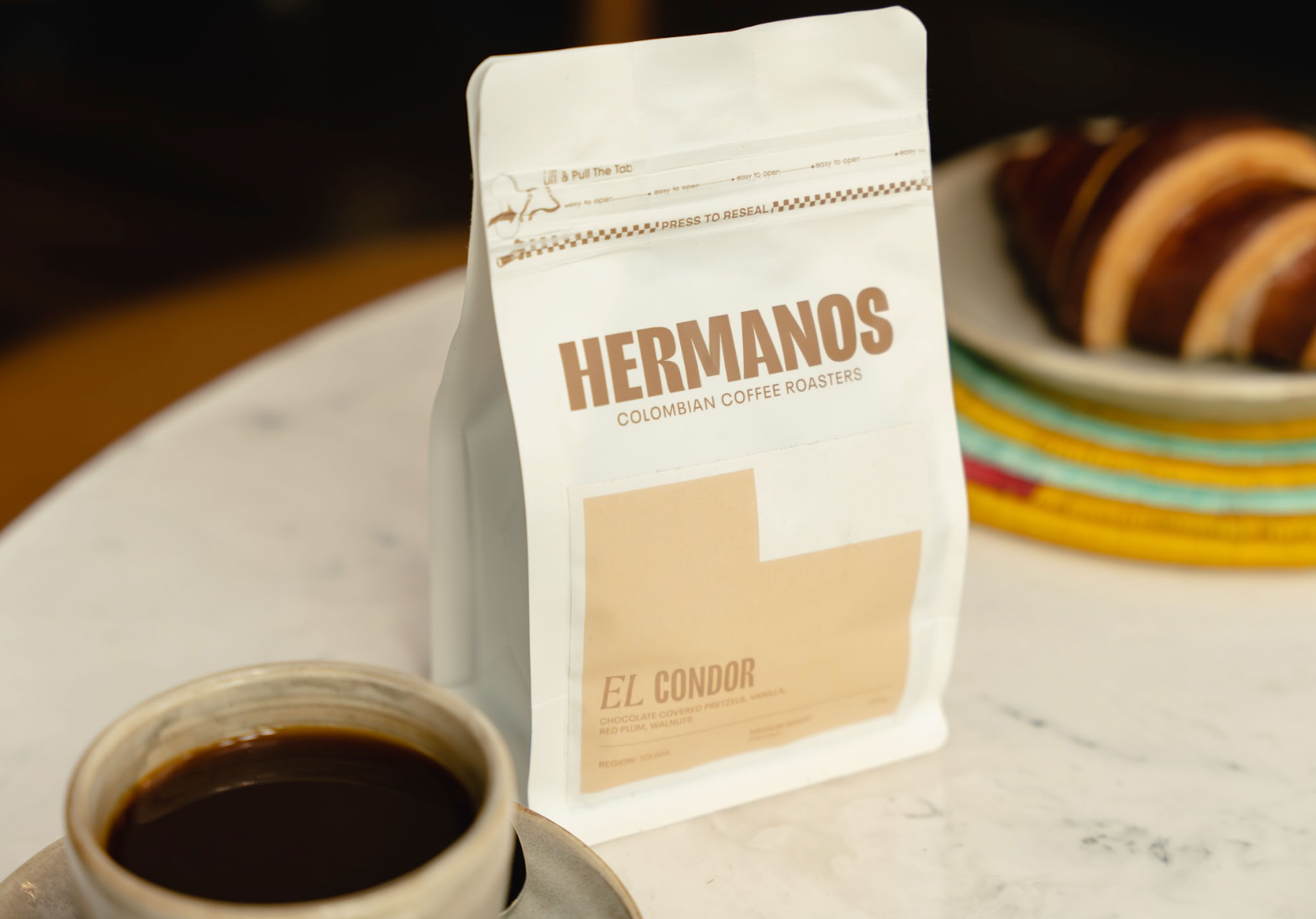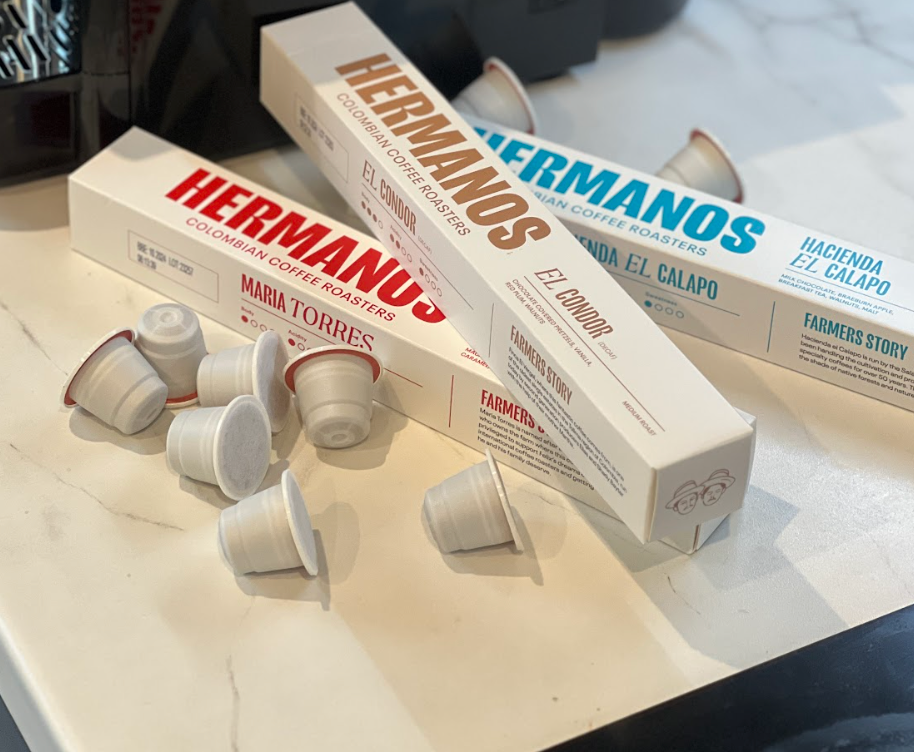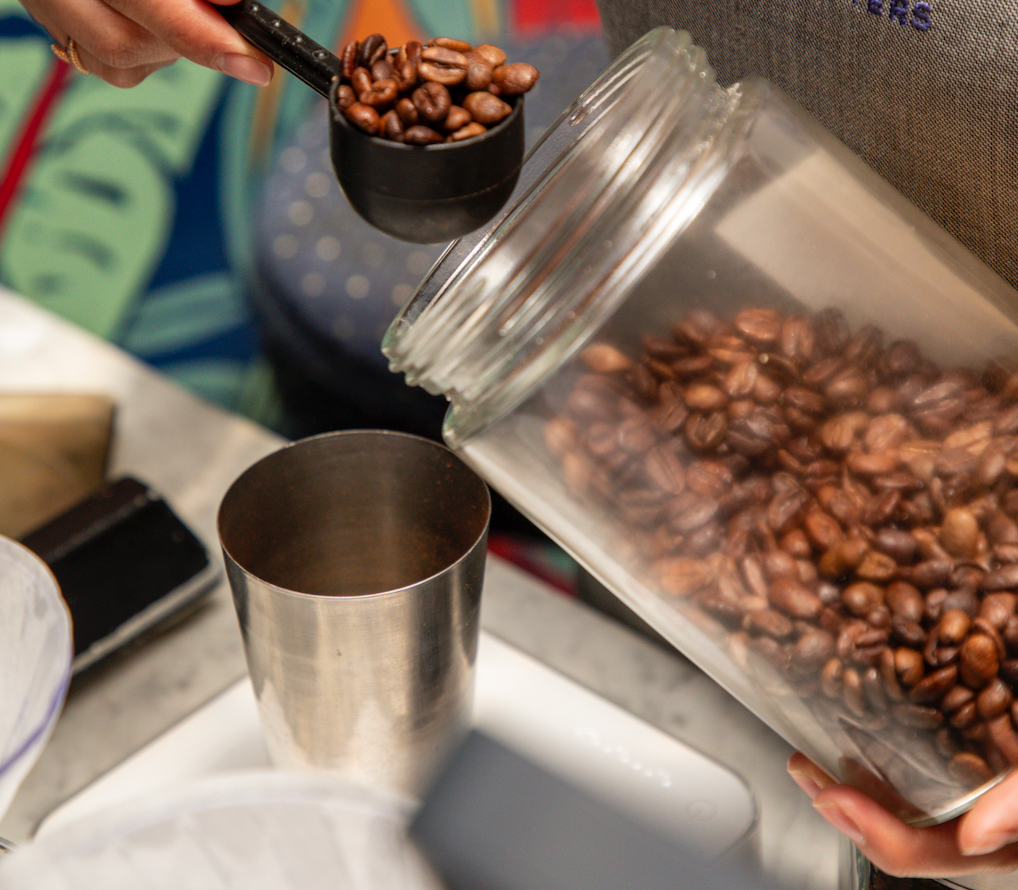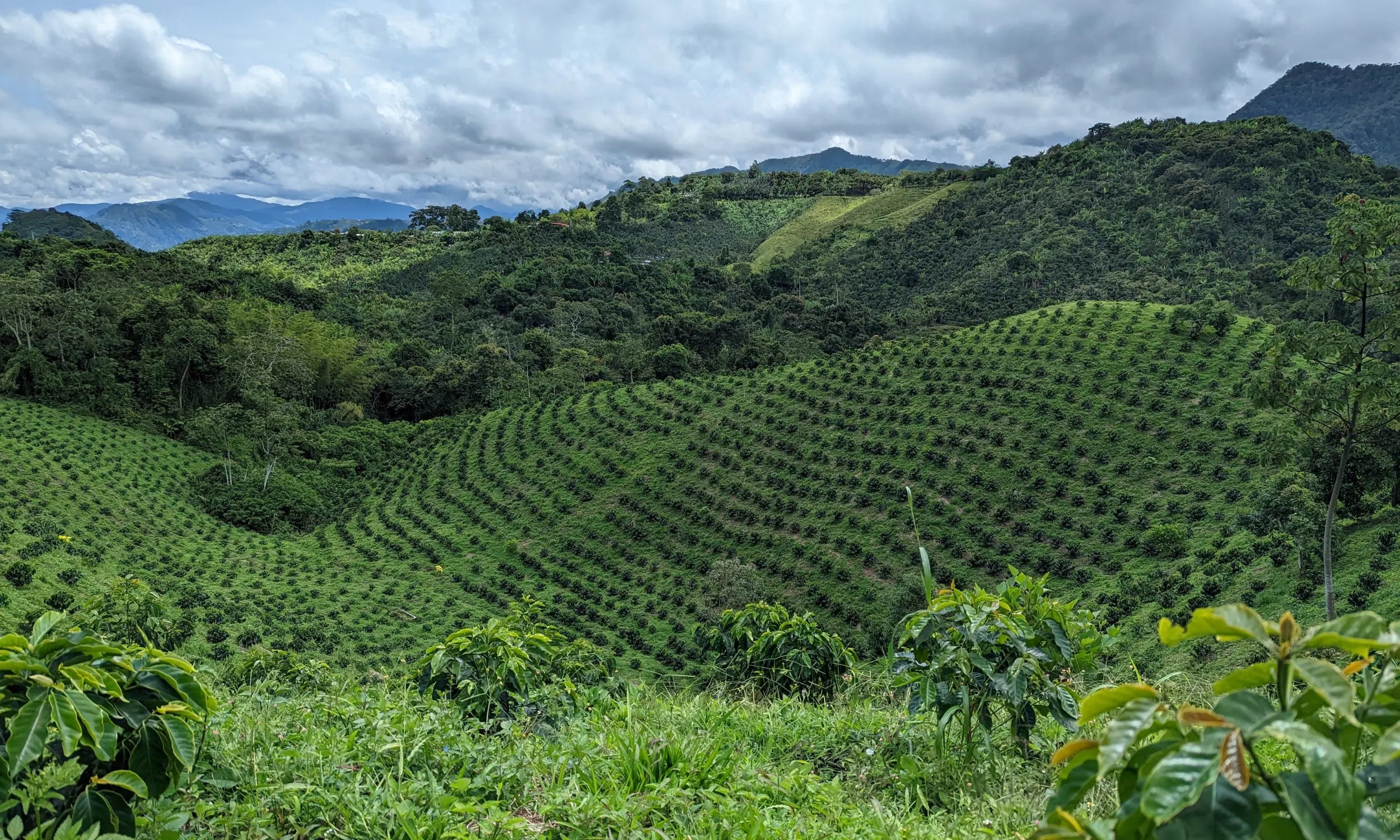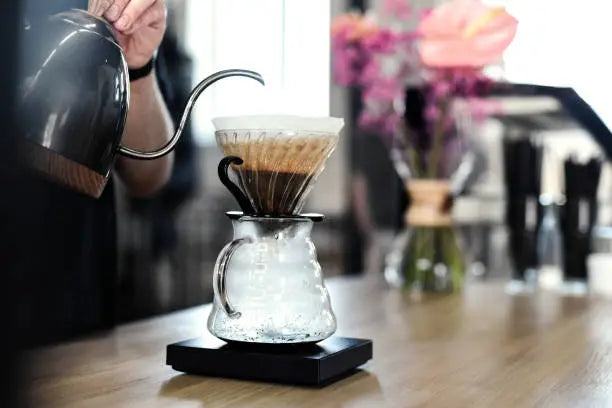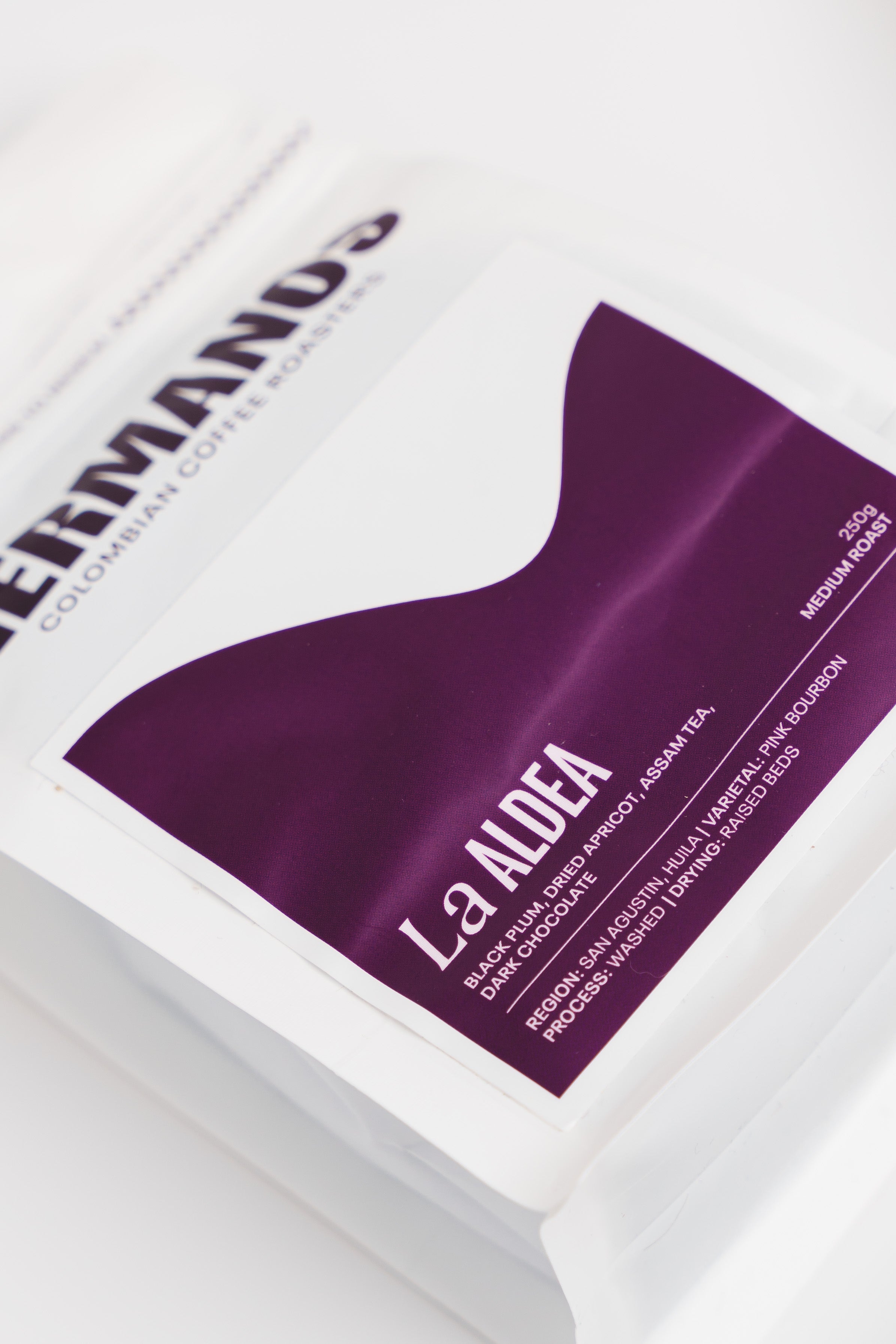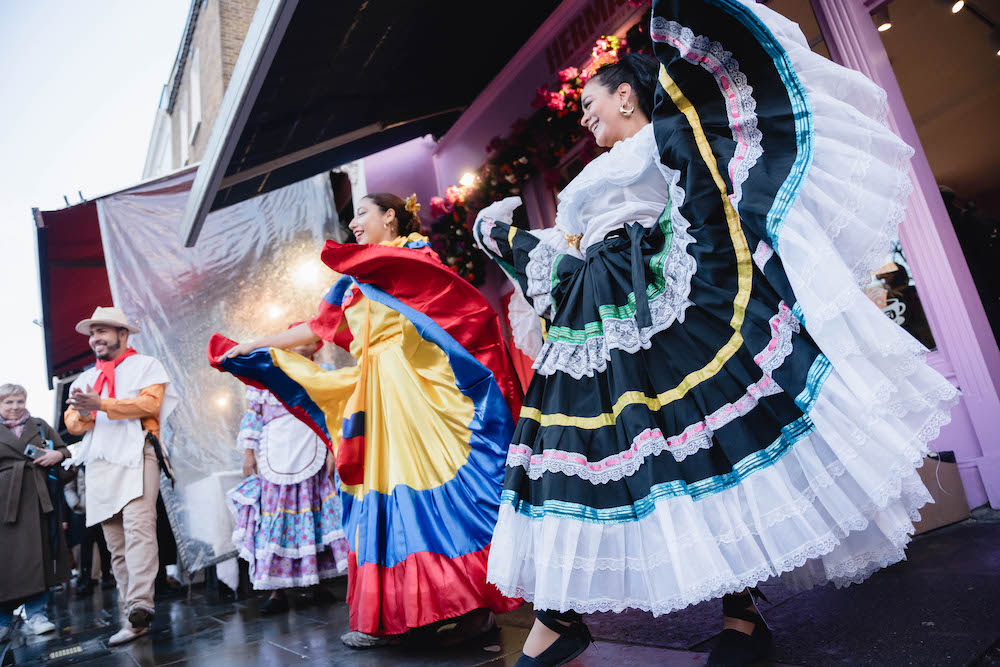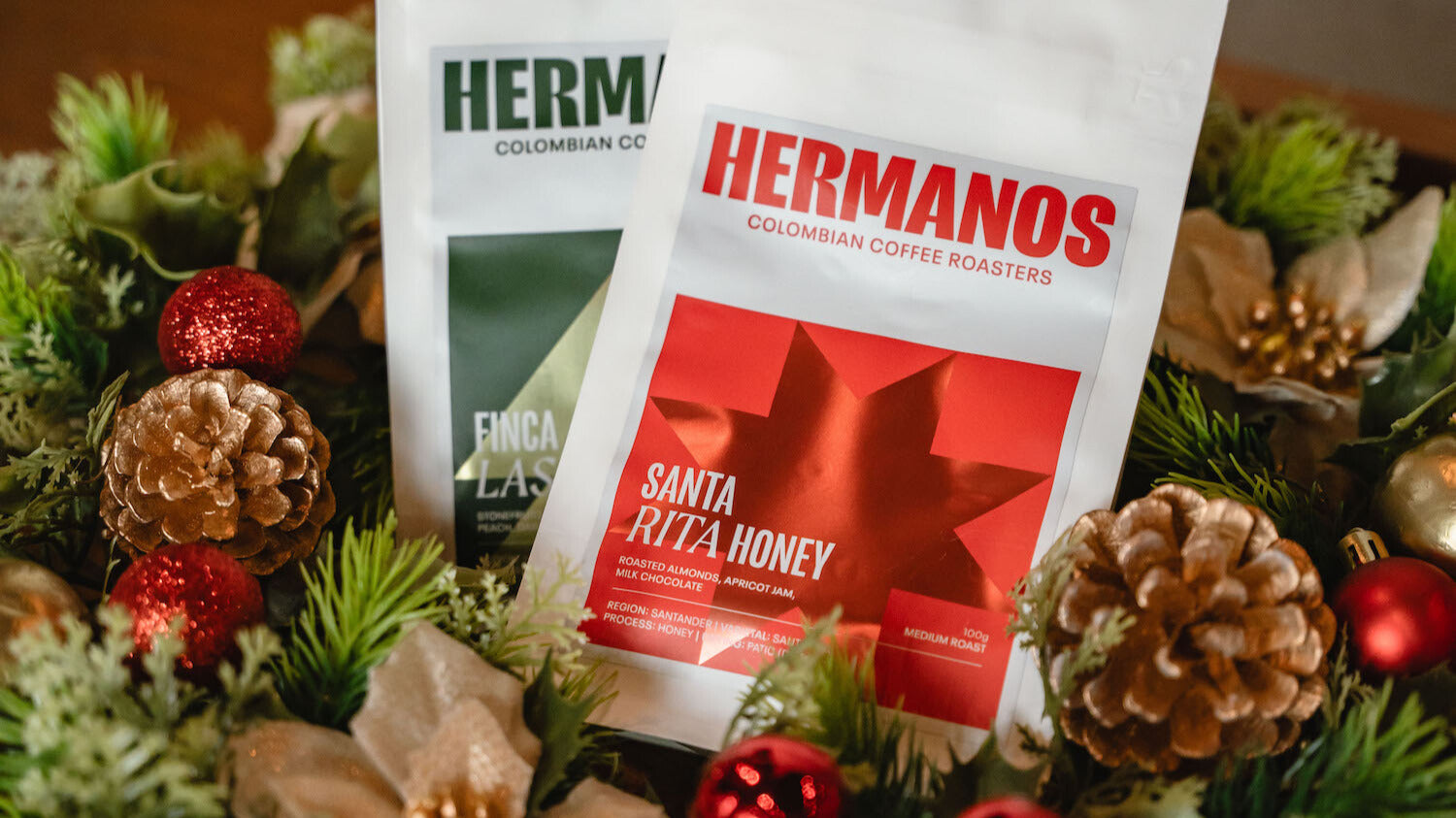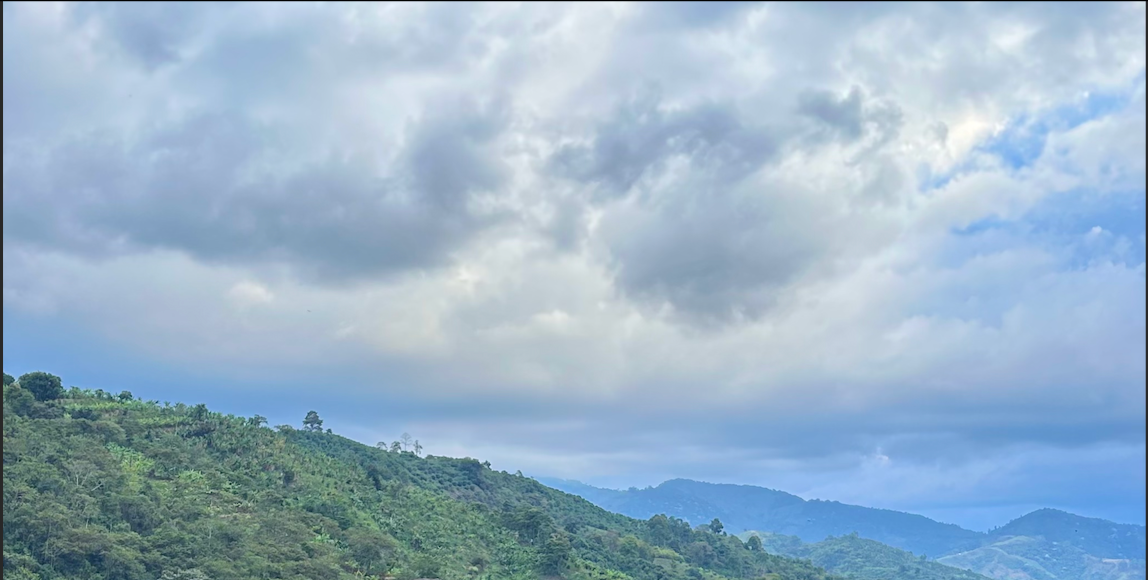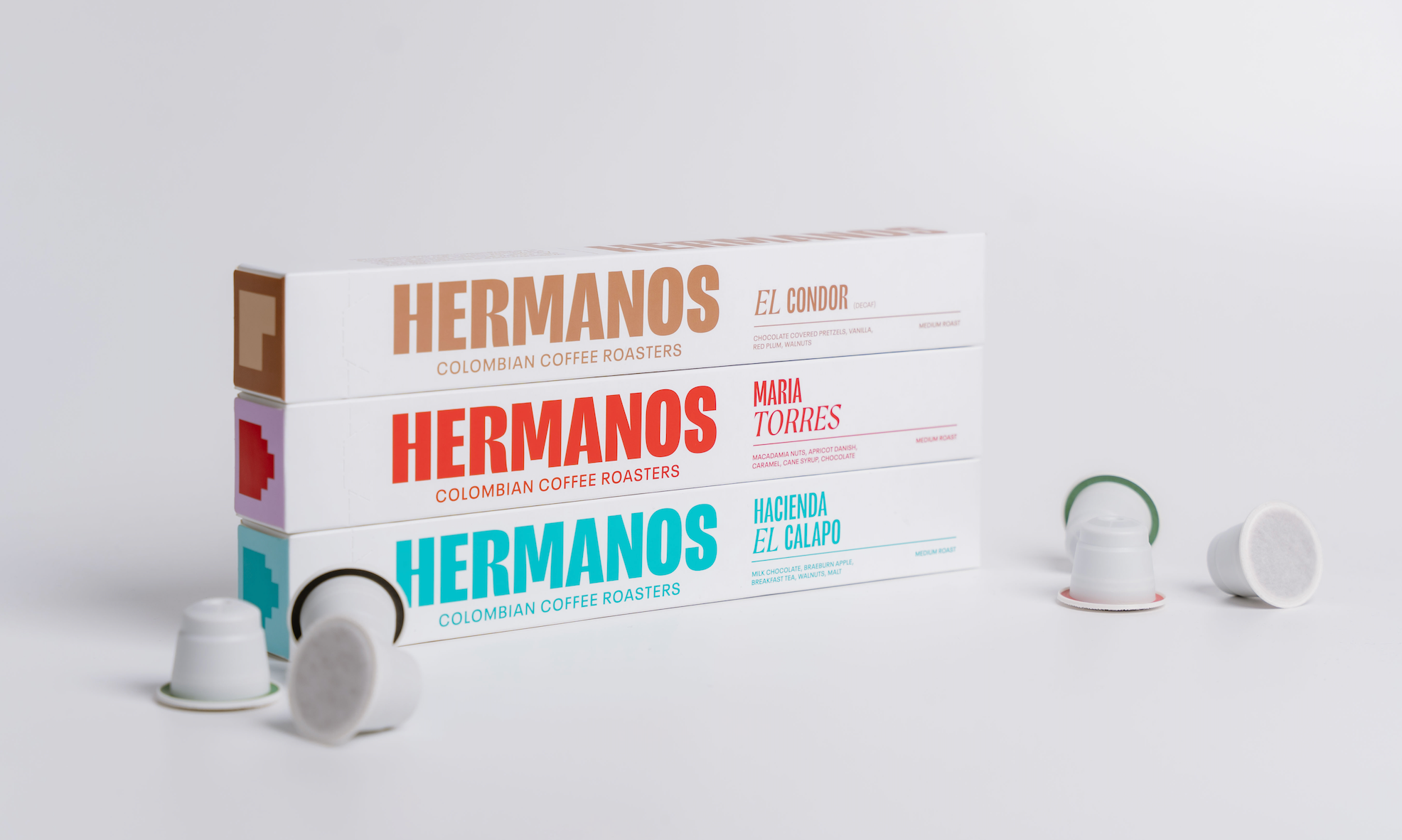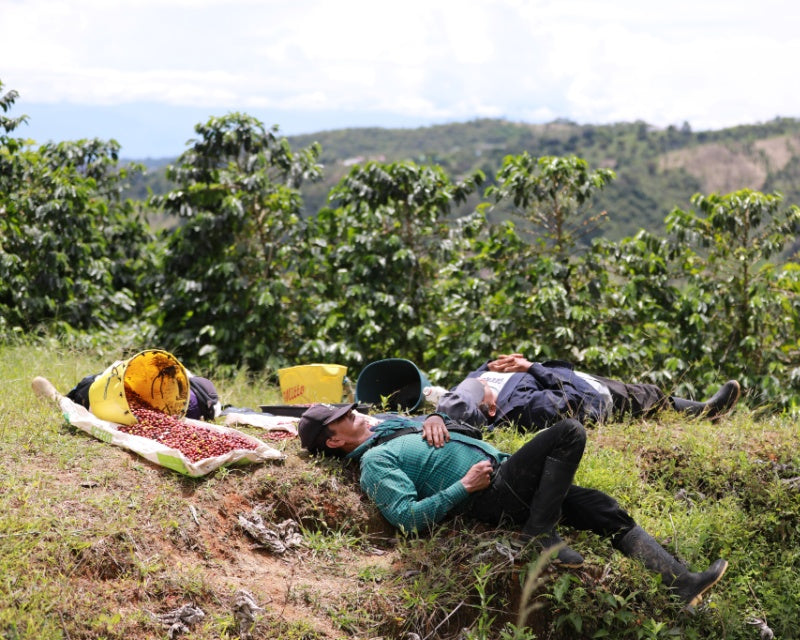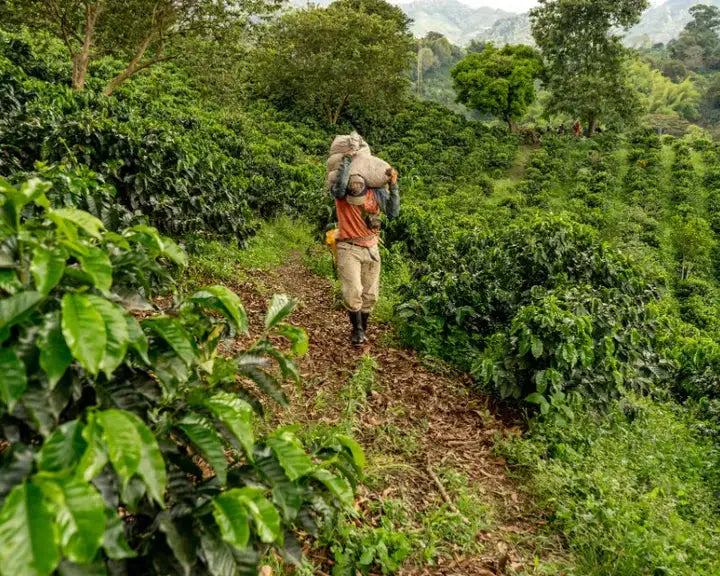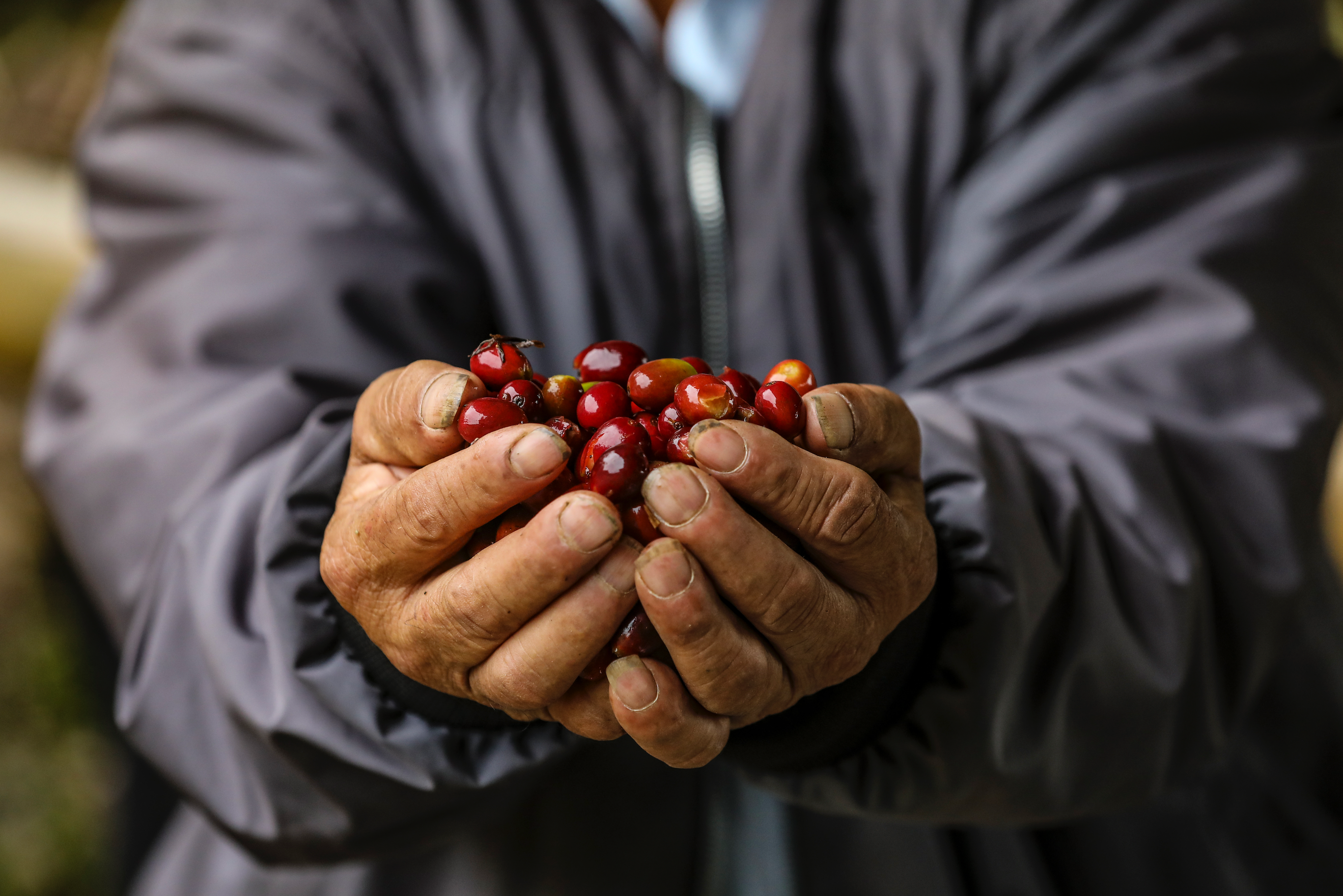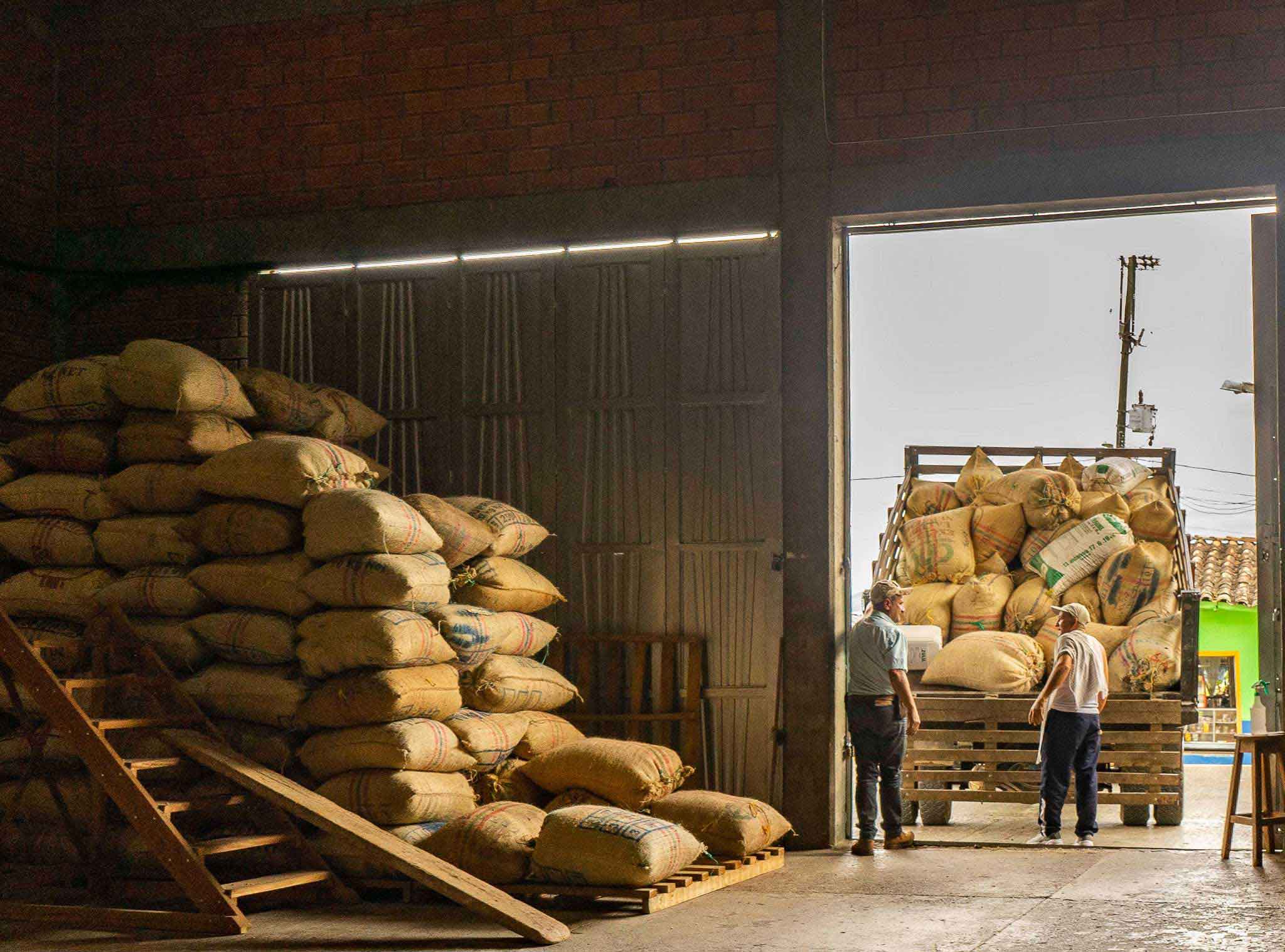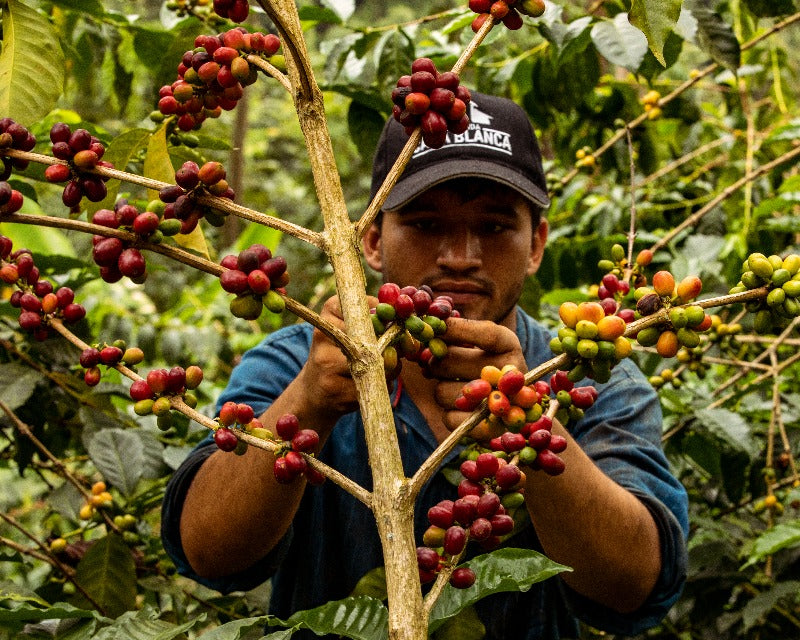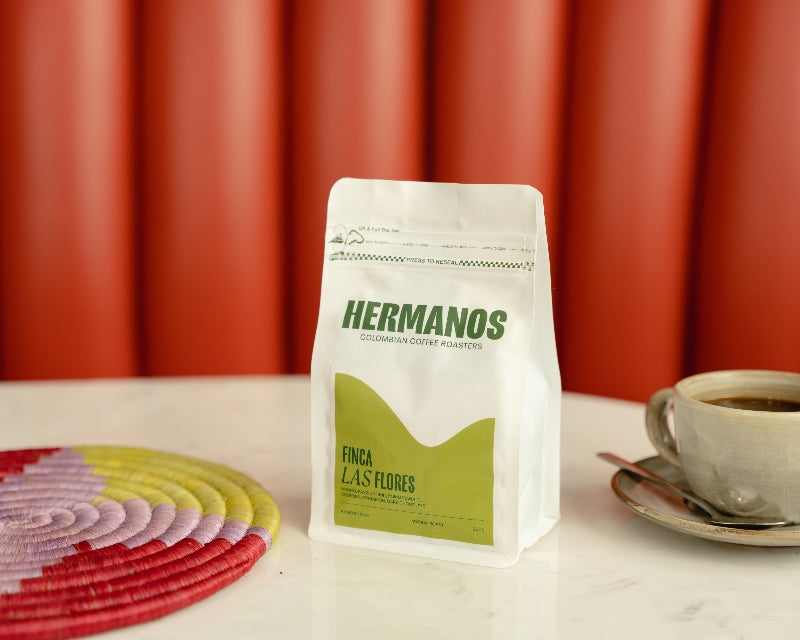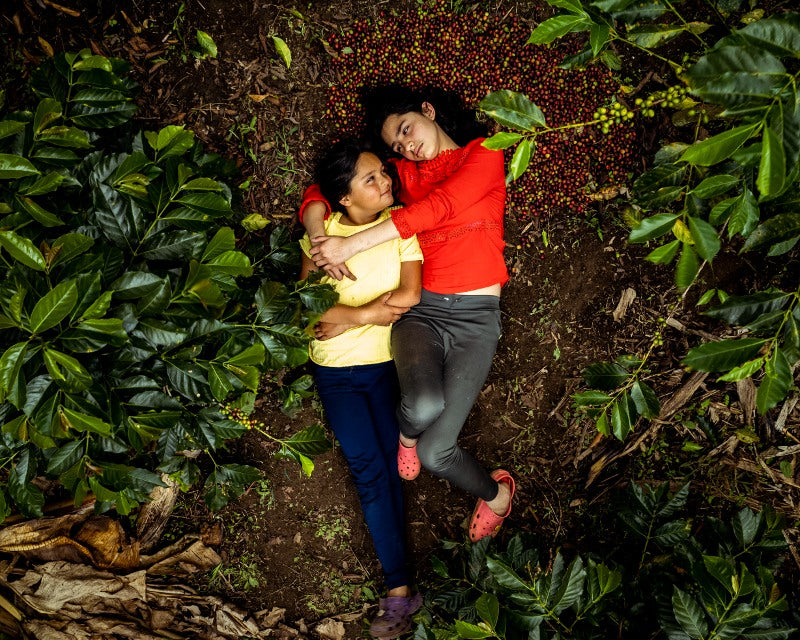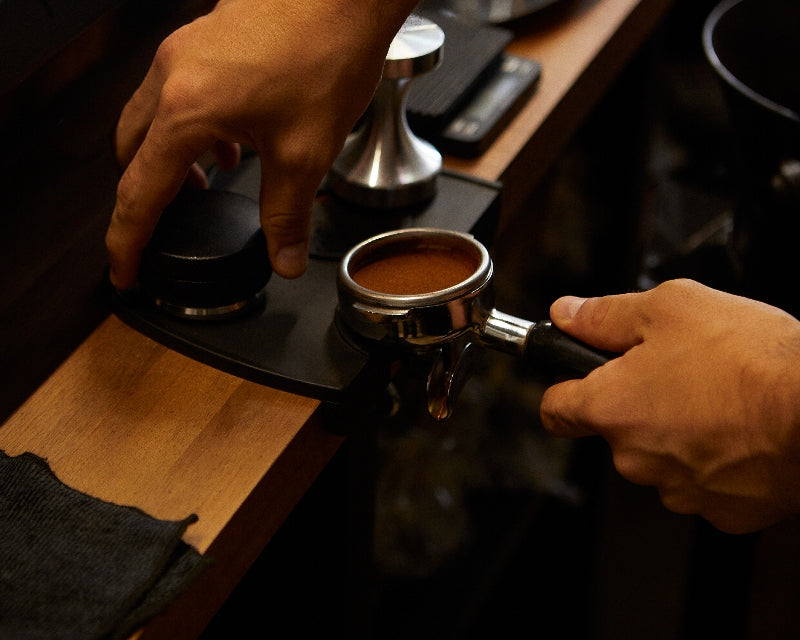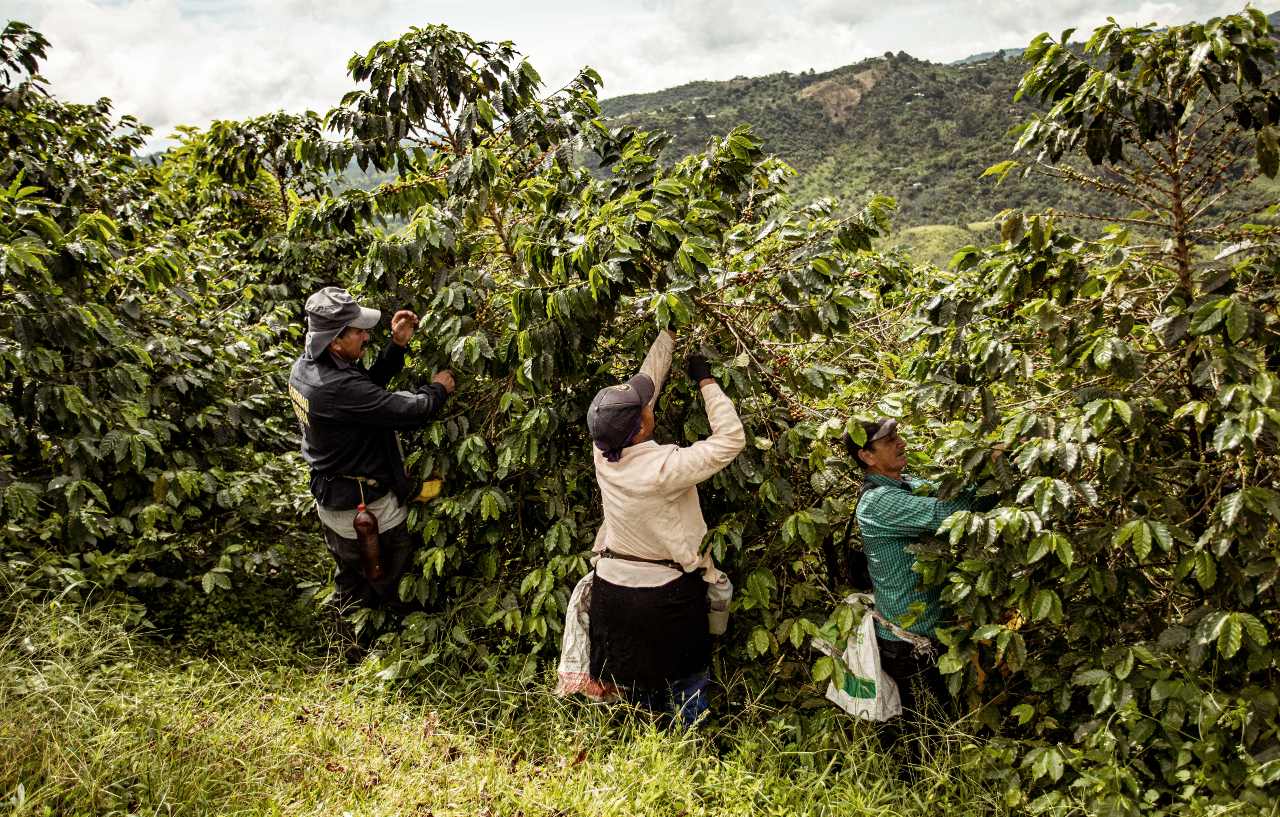Colombia is famed for producing vast quantities of incredibly high quality Arabica beans, and for good reason. The geographical position of the country, combined with the rich and diverse tapestry of farmers and farming traditions, makes for unmistakable and reputable coffee.
Although we all know and love the taste of Colombian coffee, there is so much more to the industry to be learnt. We’ve summarised ten of the best Colombian coffee facts, which you can use to brush up on your knowledge and find out more about what makes coffee from Colombia so unique.
Shop Our Collection Of Specialty Colombian Coffee Beans
1. Colombia Is Known for Producing Arabica Coffee Beans

There are two main types of coffee bean grown across the world: Arabica and Robusta. Robusta is more commonly found in parts of Asia and Africa, such as Vietnam, Indonesia, and Uganda.
Arabica requires very specific conditions to grow optimally, and luckily Colombia has these exact conditions, which allows the country to become one of the largest suppliers of Arabica coffee in the world. In general, Arabica coffee has a lower caffeine, and higher sugar content than Robusta, and more subtle flavour profiles. It also accounts for 70% of all coffee produced globally, and is the most common pick for specialty coffee.
Why The World Loves Coffee Arabica
2. Coffee Can Be Grown All over Colombia

Due to Colombia’s unique position within the coffee belt, it is one of the few countries in the world where specialty grade Arabica coffee can be grown across its entirety. In total, Colombia has over 20 coffee growing regions:
|
The North Region
|
Santander, Cesar, Magdalena, Norte de Santander, La Guajira
|
|
The South Region
|
Cauca, Huila, Nariño
|
|
The East Region
|
Arauca, Casanare, Meta, Caquetá
|
|
The Central Region
|
North of Tolima, South of Antioquia, Quindío Boyacá, Caldas, Chocó, Cundinamarca, Risaralda, North of Valle del Cauca
|
3. There Is a Bean to Suit Everyone’s Tastes

Colombian coffee is well known for its incredible diversity. There are hundreds of coffee farms and microlots running from the north to the south of the country, each producing unique and distinctive beans.
For example, coffee that you try from the region of Santander, in the north, will have completely different tasting notes than that of a bean grown in Huila or Cauca, in the south. The nuances in flavour are due to the altitude and climate of each area, as well as individual traditions and methods that particular farms will use.
4. Coffee Is a Family Business

The vast majority of Colombian coffee is produced on microlots or small farms that have been passed down from generation to generation of family. Visiting one of these farms is a very special experience, and an opportunity to experience true Colombian hospitality.
Smaller farms mean smaller yields of coffee beans, which is no bad thing. It enables farmers to focus on the details and make sure that each batch of coffee is perfect. It also helps to explain the sheer diversity and complexity of Colombian coffee.
5. Colombia Is Part of the Famous Coffee Belt

The coffee belt is a defined strip, passing through 70 different countries, between the Tropics of Cancer and Capricorn, where all of the world’s coffee is grown. The belt passes through 5 continents (South America, Africa, Asia, North America, and Oceania), and measures at a vast 3,200 miles.
The countries in the coffee belt have the ideal climate and environment to produce quality coffee beans. However, not all regions grow coffee of the same quality, and not all utilise their position to grow coffee in significant amounts.
Colombia is the world’s third largest exporter of coffee, behind Brazil and Vietnam, and this is largely thanks to its ideal geographic location. The combination of high altitudes, moderate rainfall and cloud coverage, lush rainforests, mountainous areas, and humidity make Colombia the perfect place to grow very high quality Arabica coffee.
6. There Are Lots of Coffee Varietals

There are many Arabica species coffee plant varieties in Colombia, including:
-
Caturra
-
Castillo
-
Tabi (Organic)
-
Pacamara
-
Typica
-
Bourbon
-
Gesha
Each different varietal will have an impact on the overall flavour of the coffee cherry. Some plants are known for having more sweetness, more complexity, a heavier body, and so on. Producers are able to experiment with where the plant is grown and the conditions it is grown in, in order to influence the end result.
7. Colombia Has Their Own Coffee Mascot
You may have seen the famous Juan Valdez trademark on bags of Colombian coffee before. The mascot was introduced as a marketing tool by the Colombian Coffee Growers Federation for Colombian beans in 1958, and since then has become an icon synonymous with Colombian culture and coffee.
The original purpose of the mascot was to distinguish single-origin Colombian coffee beans from blends with beans from different origin countries.
8. Colombian Coffee Output

Although Colombia is the world’s third largest coffee producer overall, it is the highest in the world for Arabica coffee beans. Each year, the country produces approximately 13 million green bags of coffee (each of which contains about 60kg) and exports it across the world.
9. The History of Coffee in Colombia

As far as we know, the coffee plant was first introduced to Colombia in the late 1700s by Jesuit priests, who arrived in the country with Spanish colonisers. According to a report written by an Archbishop-viceroy named Caballero y Gongora, the plant was initially grown in the northeastern regions of Colombia, but quickly became a popular crop grown across the country.
Commercial exports of coffee began not long after, in the early 1800s, but large-scale exportation and international recognition did not get fully underway until the mid-19th century.
10. Colombian Coffee Tasting Notes

It’s difficult to describe Colombian coffee beans using strict attributes, because no two beans are the same due to the diversity in farming practices and growing conditions. However, there are some similarities in flavour profiles that can be helpful when comparing Colombian coffee with coffee from other parts of the world.
Here are a couple of key characteristics and tasting notes that might help you to recognise coffee from Colombia:
-
Citrus aromas
-
Light and medium roasts
-
Moderate acidity
-
Fruity notes, such as apples, berries, and stone fruits
-
Nutty undertones
-
Caramel-like syrupy sweetness
-
Hints of spice
-
Chocolatey flavours
Learn What Makes Colombian Coffee So Special
Colombian Coffee Buying Guide

If you’re looking to purchase Colombian Arabica coffee beans, then there are a few things to consider when choosing. We recommend sourcing beans from an independent specialty coffee roastery; somewhere that you can be sure has a relationship with the coffee producers themselves. This ensures a good level of traceability and origin transparency, which is key to knowing that farmers have been compensated fairly for their work.
Some other things to consider when buying Colombian coffee are to always buy fresh, and if possible grind your beans at home, opt for medium-light roasts, and buy coffee that matches your preferred brewing method (e.g. some beans will be better suited for either espresso-based drinks or filter brews).
Most importantly, pick a brand that you know is reputable and carries principles of sustainability and direct trade. We’re proud to champion these values, and seek to be as transparent as possible in where we source our beans from.
Visit Our London Locations!











